Get your hardware for Arduino Underwater ROV
In my last post, “Finishing the frame for an Underwater ROV”, I gave all details about the design I used to build the frame for Alioli Underwater ROV. In this post, I...
Filter by Category
Filter by Author

In my last post, “Finishing the frame for an Underwater ROV”, I gave all details about the design I used to build the frame for Alioli Underwater ROV. In this post, I...
Posted by Juanmi Taboada

In my last post, “How I designed the frame for my Underwater ROV“, I gave all details about the design I used for the frame for Alioli Underwater ROV. In this post, I...
Posted by Juanmi Taboada
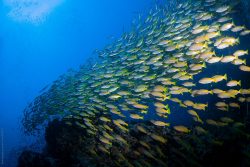
In my last post, “Underwater Alioli ROV“, I shared all the information I got from the Internet to build my Underwater ROV. In this post, I will explain how I made the...
Posted by Juanmi Taboada
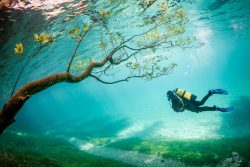
This time I have decided to write this article in English because I have been able to get a lot of information. Thanks to that, most of the information I found to help me with...
Posted by Juanmi Taboada

🇬🇧 Read it in English, “GenCreate, GenUpdate, GenDetail and GenDelete“ En el último artículo describíamos Codenerix GenList para comenzar a usar los listados de CODENERIX. Ha...
Posted by Juanmi Taboada

🇬🇧 Read it in English, “GenList“ Anteriormente hablábamos sobre CodenerixModel para entender como se construye un modelo funcional con CODENERIX. Sin embargo, para que...
Posted by Juanmi Taboada

🇬🇧 Read it in English, “CodenerixModel“ En el artículo anterior hablábamos sobre CODENERIX y sus bondades. Ahora vamos a comenzar una serie de artículos que permitan...
Posted by Juanmi Taboada

Tal y como Google anunciaba en su blog oficial, aquellos usuarios que accedan al calendario desde la web comenzarán a ver un nuevo diseño mucho más limpio basado en el estándar de...
Posted by Juanmi Taboada

Poodle se convierte en una amenaza para la red, se recomienda desactivar SSL3 del navegador. Hace tan sólo 2 días Google reveló una nueva vulnerabilidad que afecta a la...
Posted by Juanmi Taboada
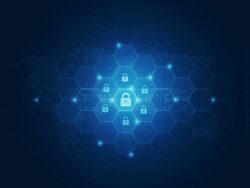
¡¡¡ATENCIÓN: ESTE ES UN COMUNICADO DE VITAL IMPORTANCIA PARA SU EMPRESA!!! Desde finales de la semana pasada se habla en las noticias del Ransomware Wannacry y esta...
Posted by Juanmi Taboada
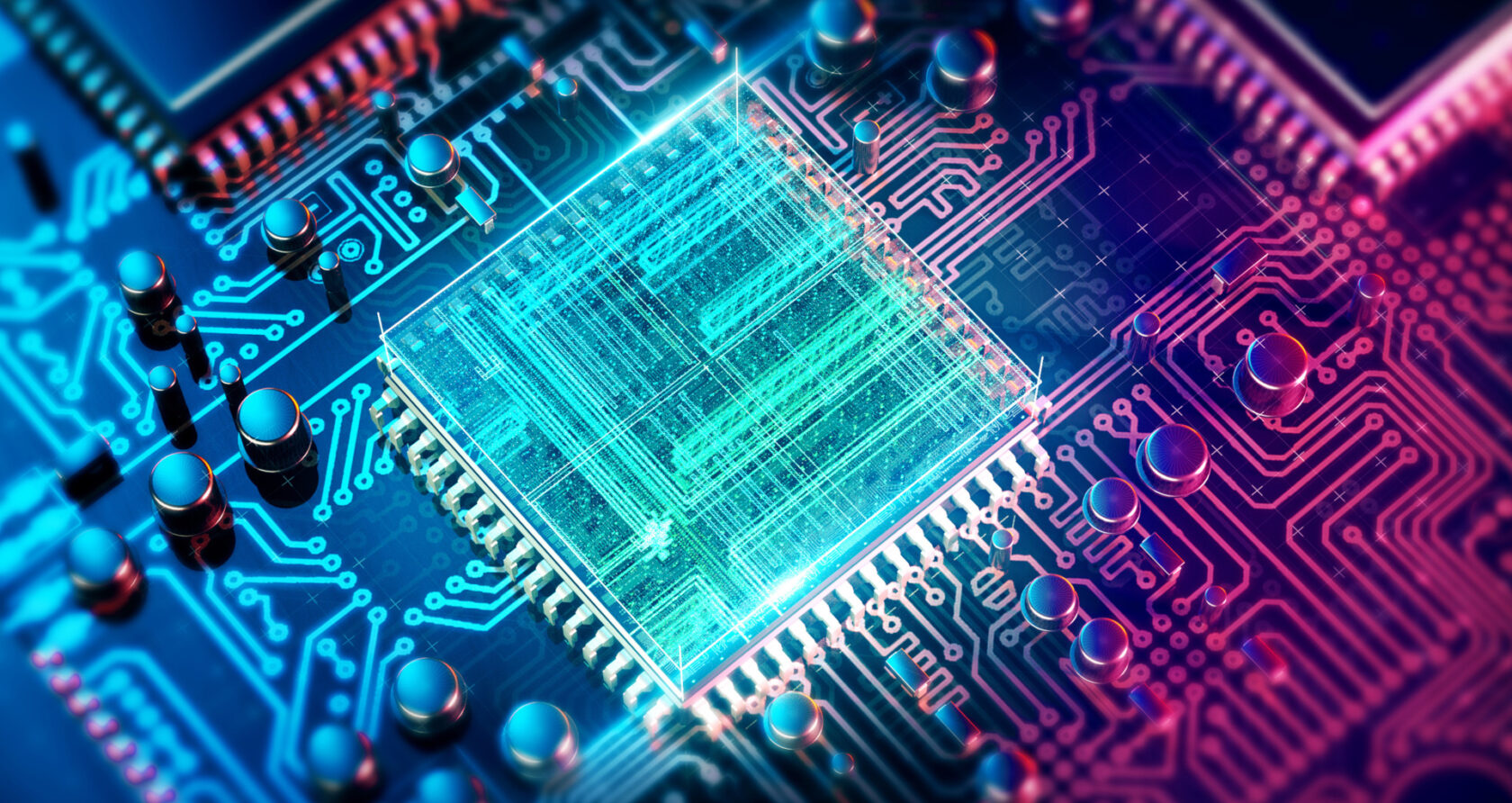
In my last post, “Finishing the frame for an Underwater ROV”, I gave all details about the design I used to build the frame for Alioli Underwater ROV. In this post, I will show what hardware I will use and how to use it.
Table of Contents
ToggleUntil now, I have been looking to get together and control all the electronics and remove any questions about the interconnection between all electronic elements.
To get my purpose, I have decided to use an Arduino Mega 2560, so I bought an ELEGOO beginners package:
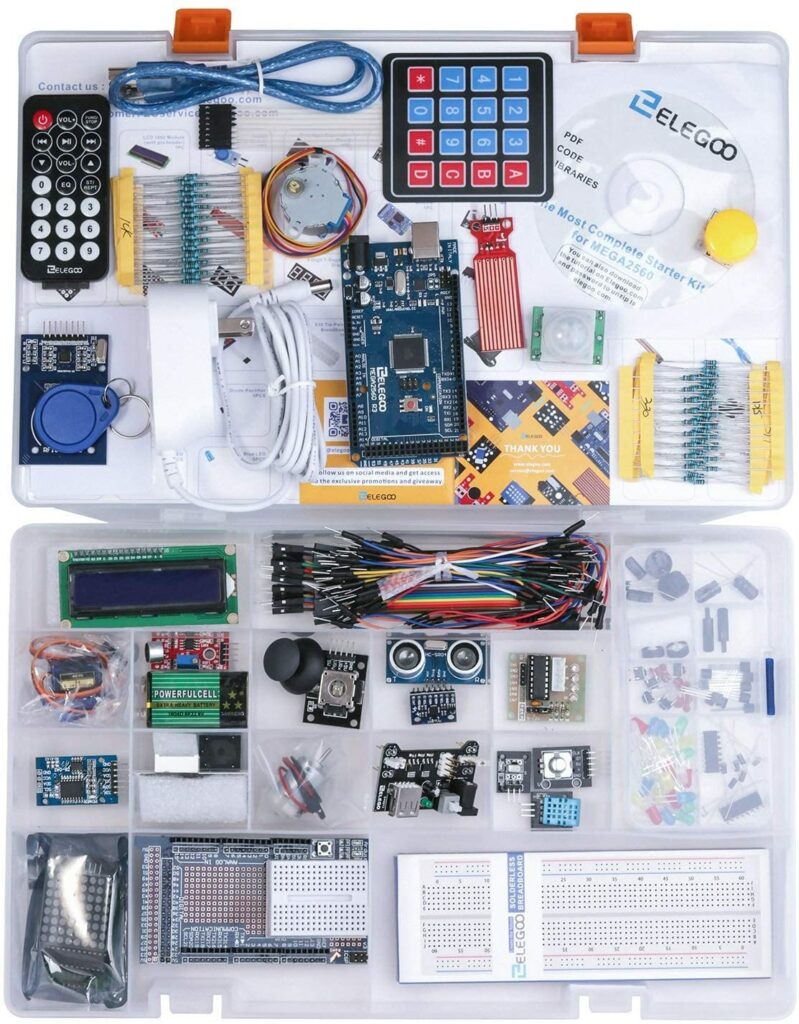
Arduino works at 5V, but since the engines will do it at 12V, I decided to use a 12V 7Ah battery which I believe will be enough for everything I will require inside the ROV.
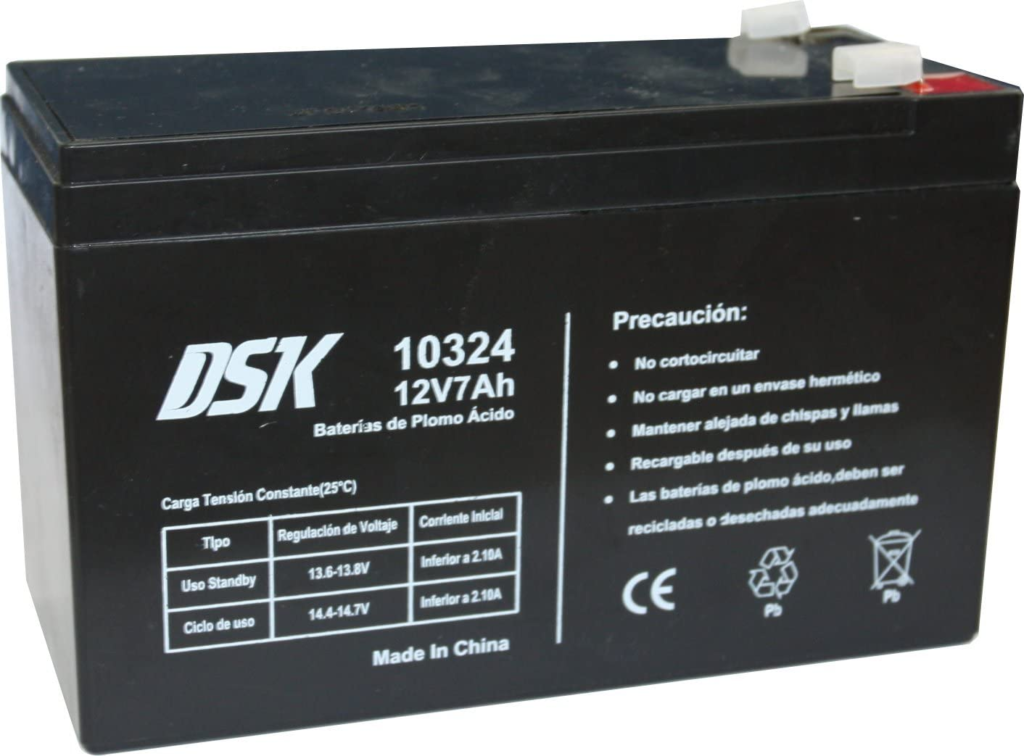
To get 5V stabilized, I have used a voltage converter from 12V to 5V:

To load the battery, I also got a battery charger:

What would be a system without a clock? The basic one from Arduino works perfectly, letting us keep track of the time.
Before building the frame, I studied the possible movements I would develop. That is the reason that the frame looks like it does. Those movements are named “6 degrees of freedom“:
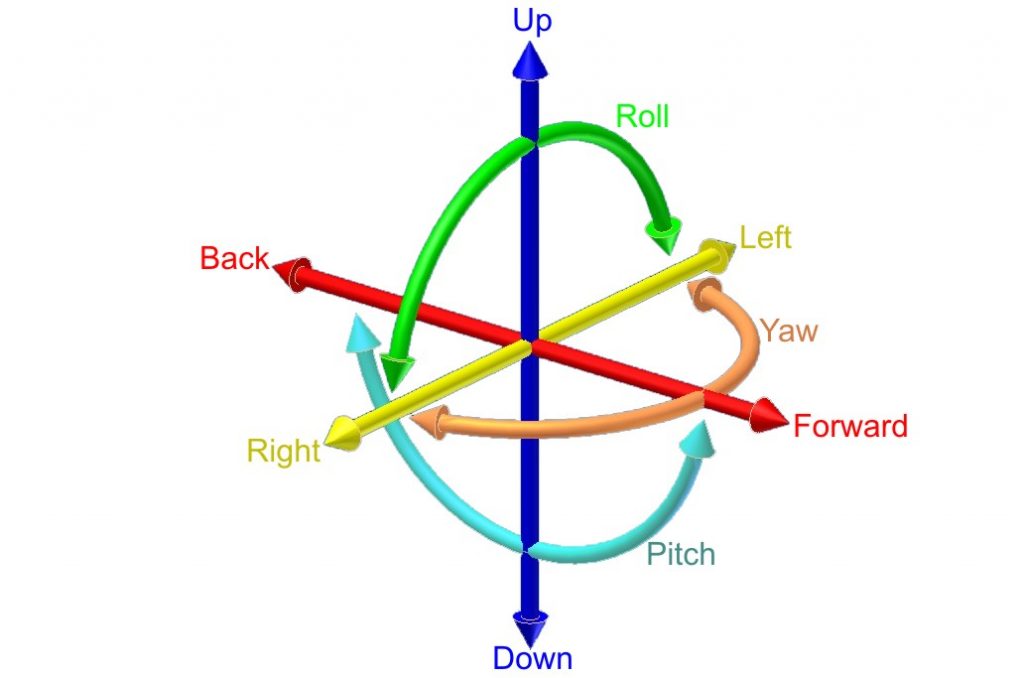
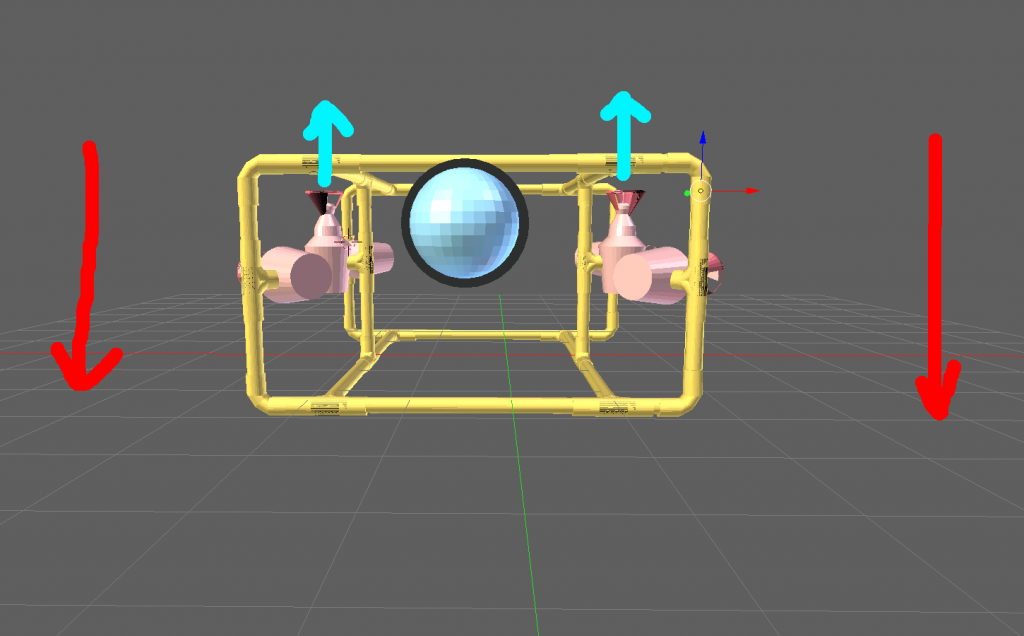
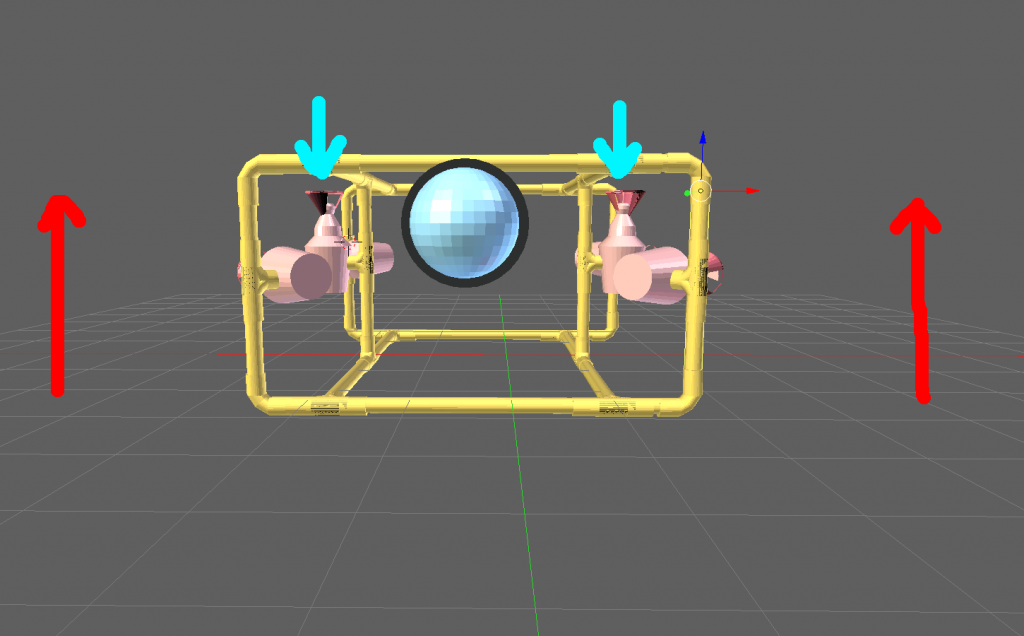
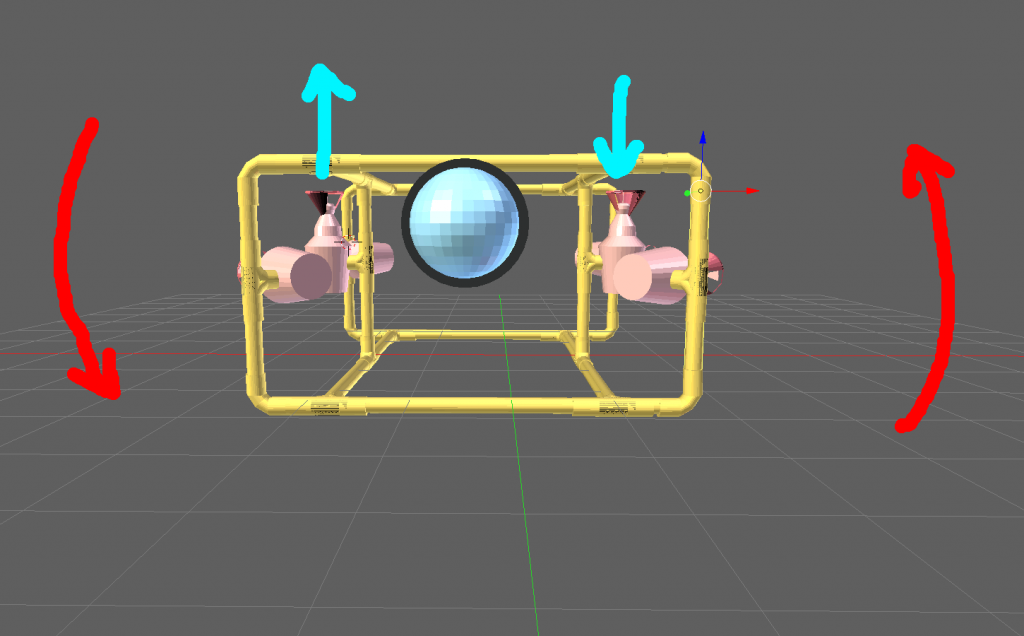
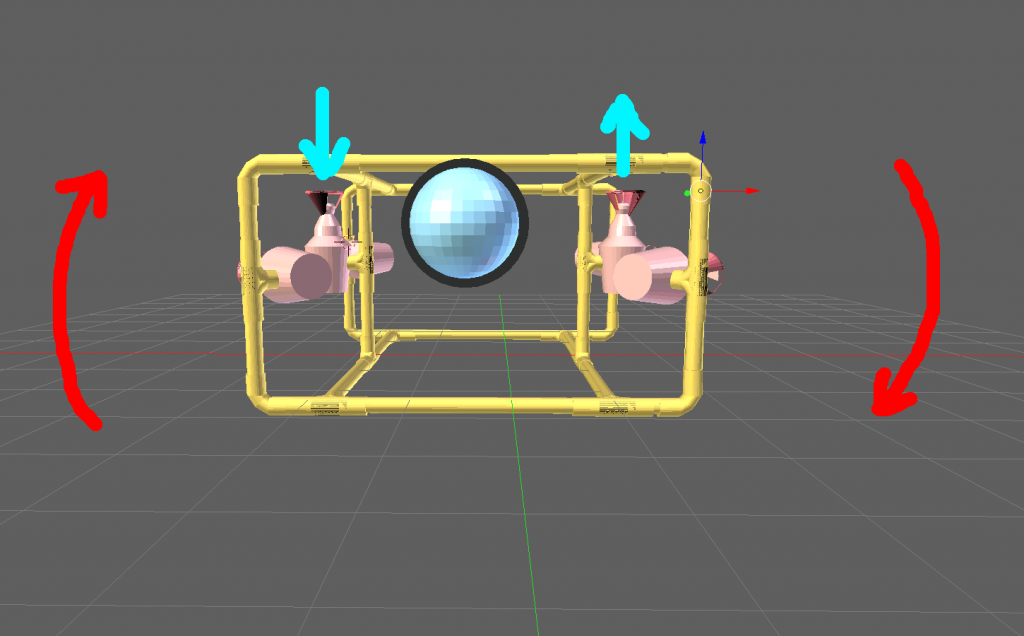
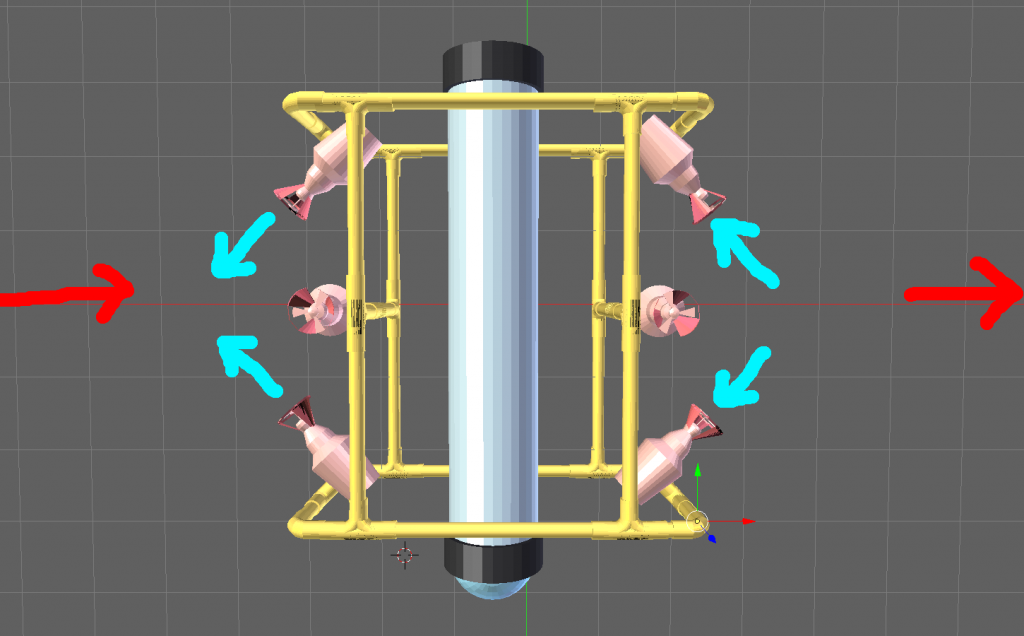
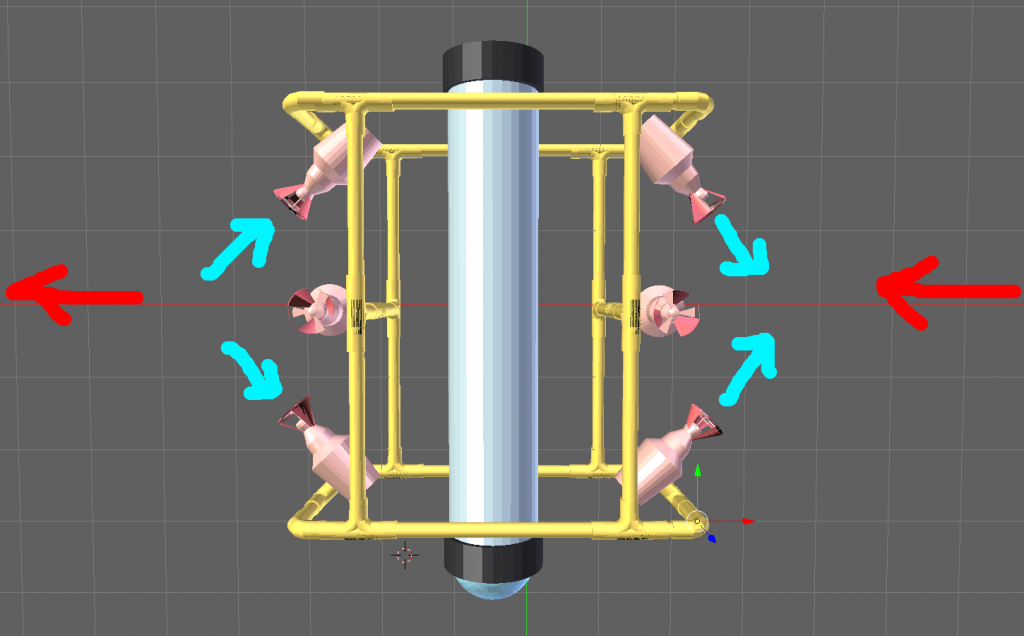
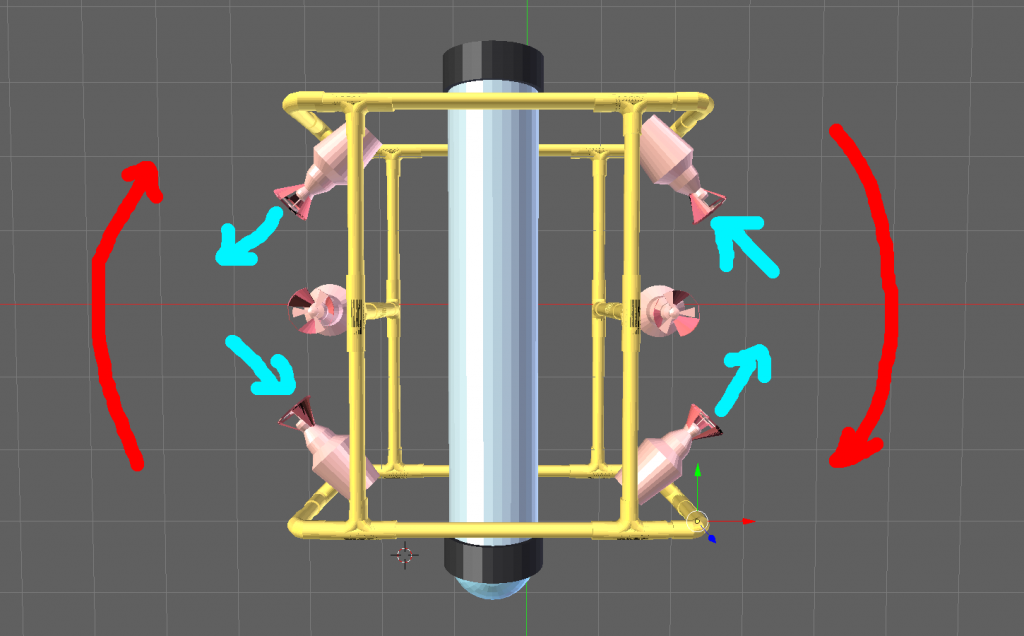
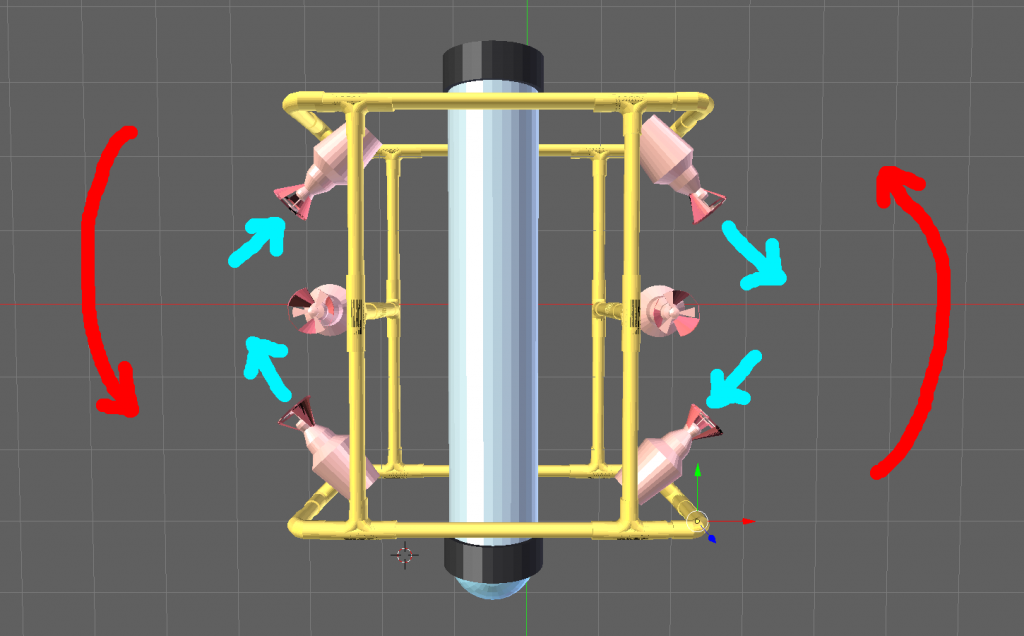
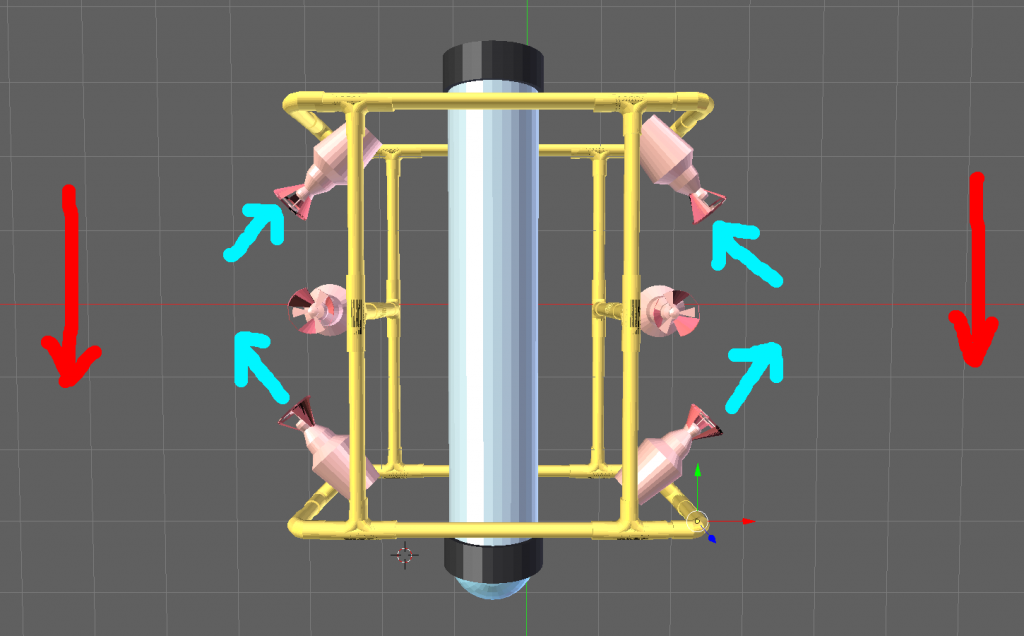
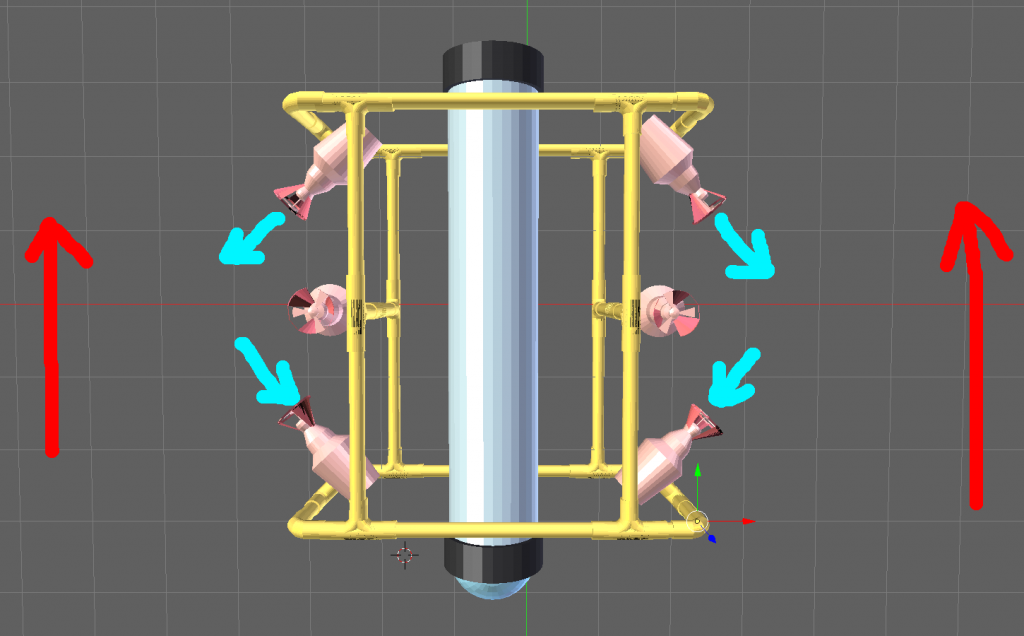
This ROV won’t be able to tilt up or down. We would need two more thrusters for this movement, meaning more power consumption.
All these movements are based on theory. I believe once in the water. It may behave differently so that we will adapt to the environment. To build adaptive software, I have read about controllers with feedback so far, but I expect to get similar results using fuzzy logic algorithms.
The engines I am using are Bilge Pump 1100 GPH for fish tanks which I removed the cover to uncover the motor shaft:
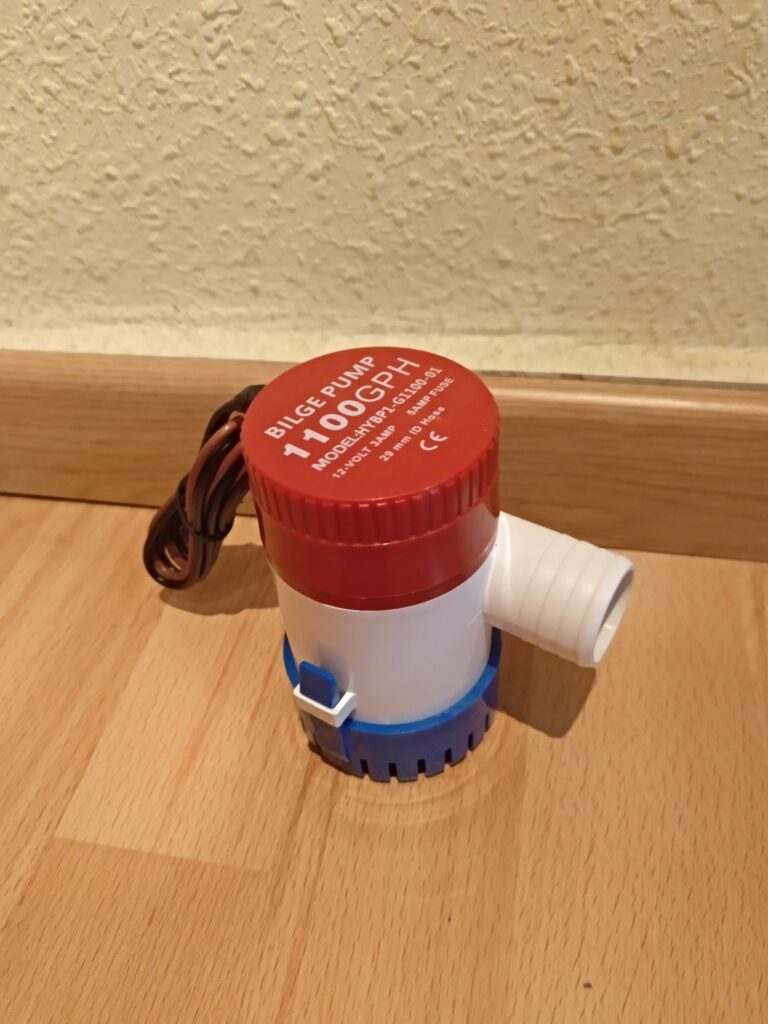
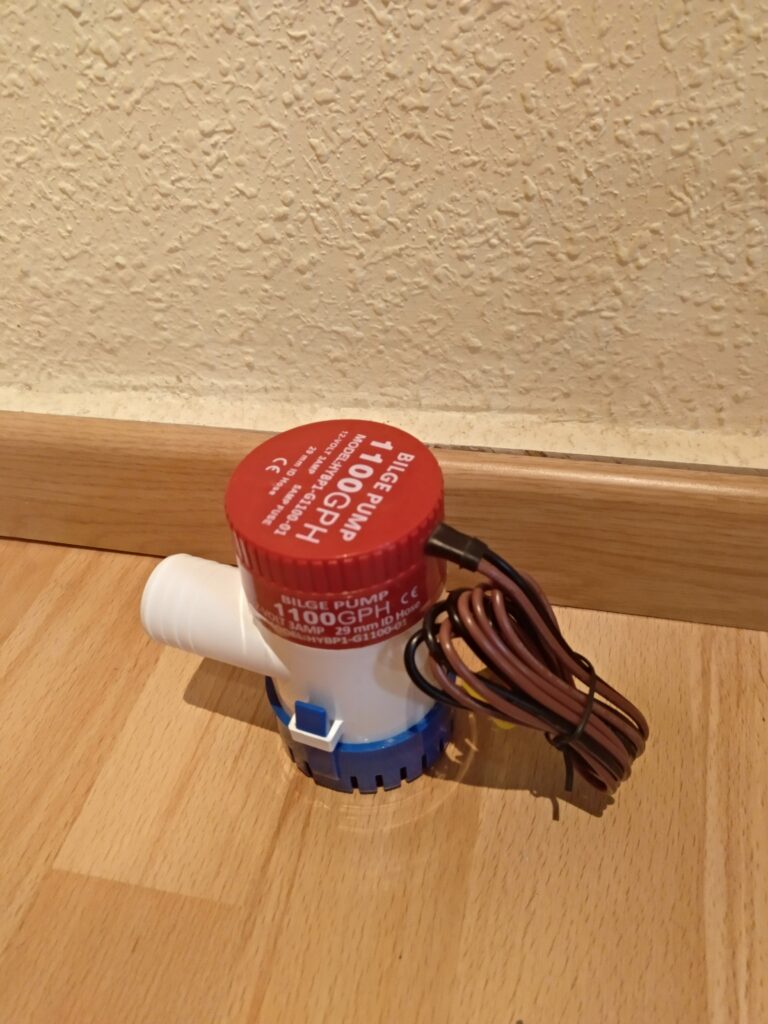
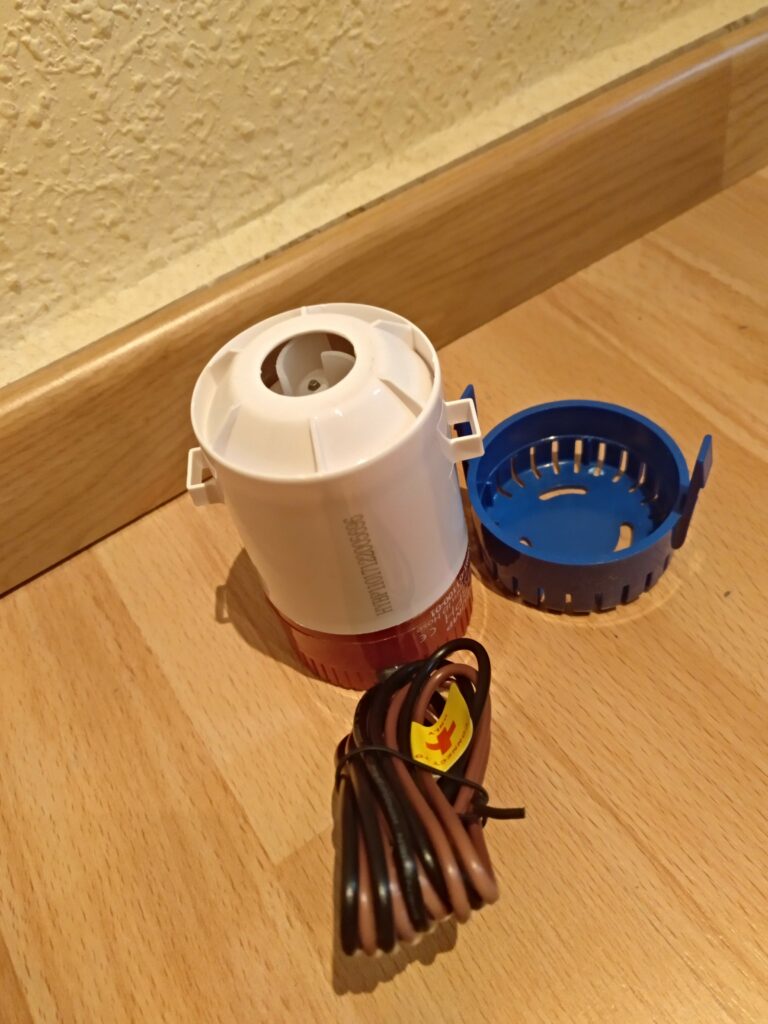
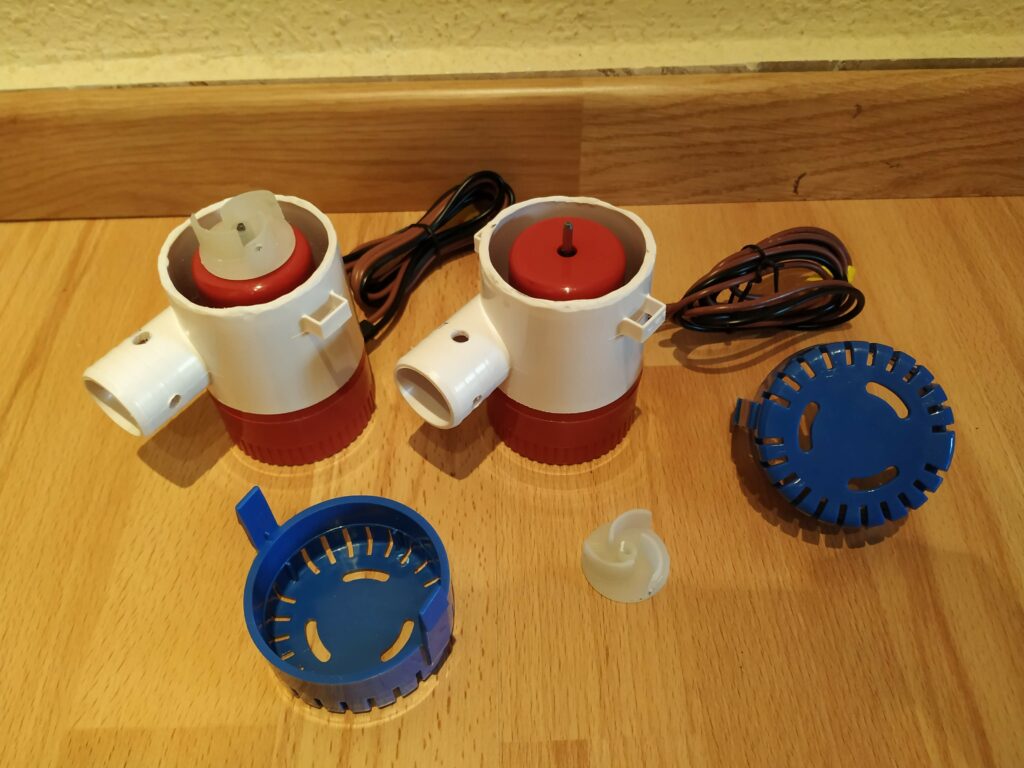
To make motors work, I got 3 x L298N Dual Bridge controllers, each of which can handle two motors:

Once the controller was connected, it worked like a charm:
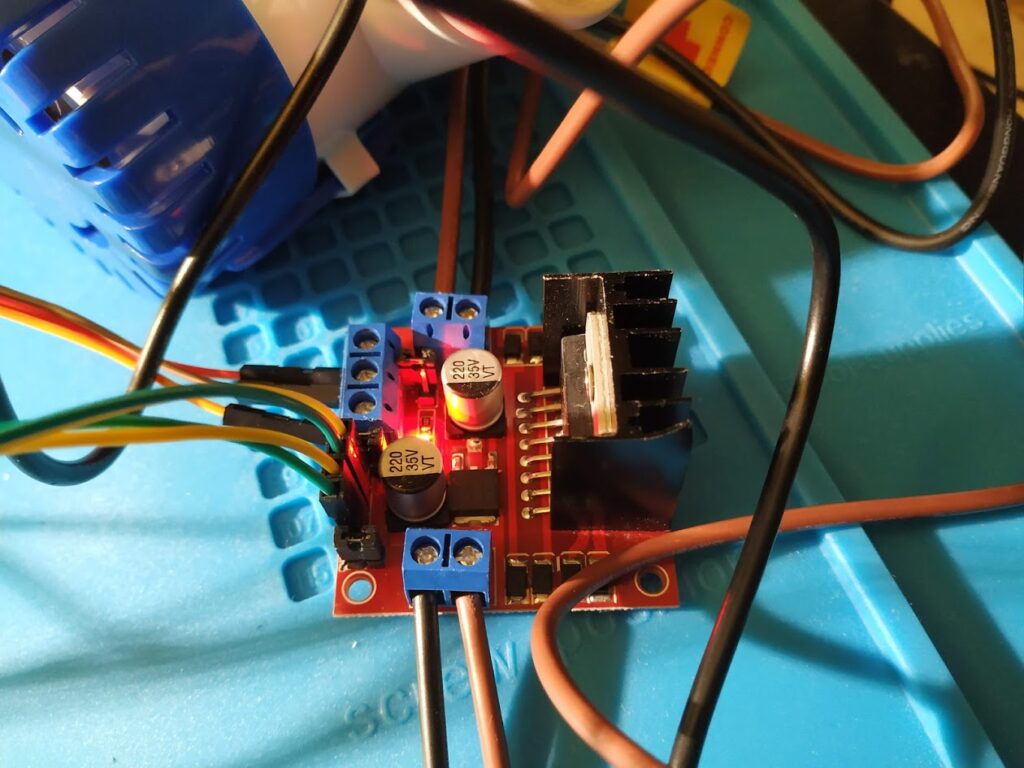
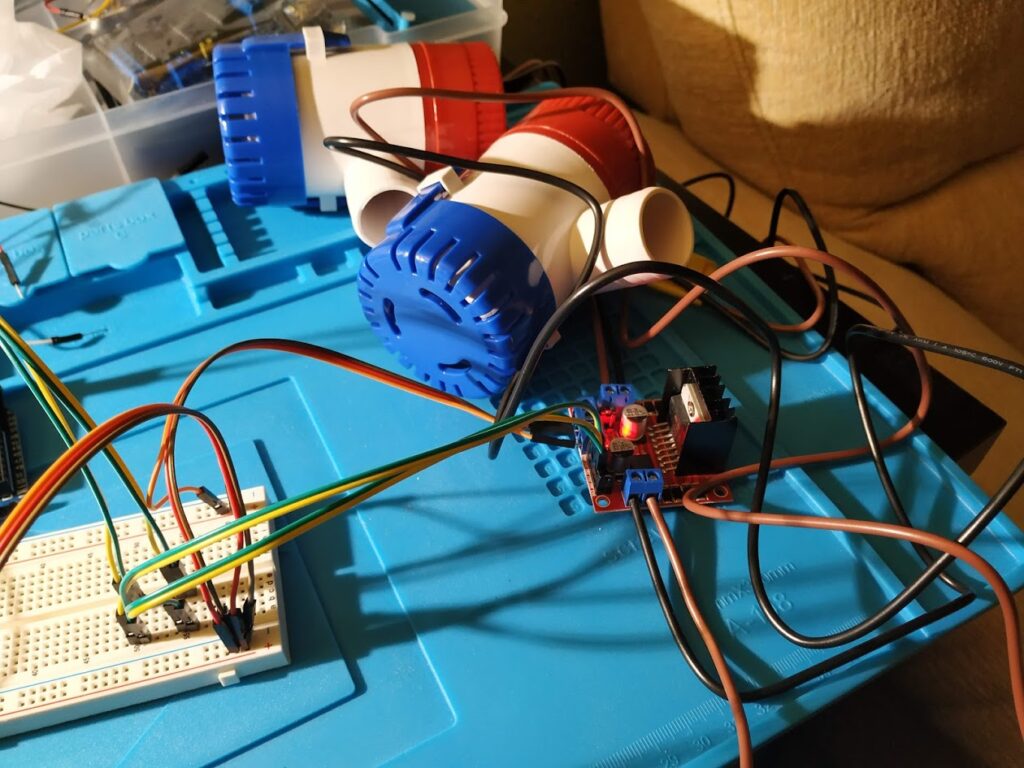
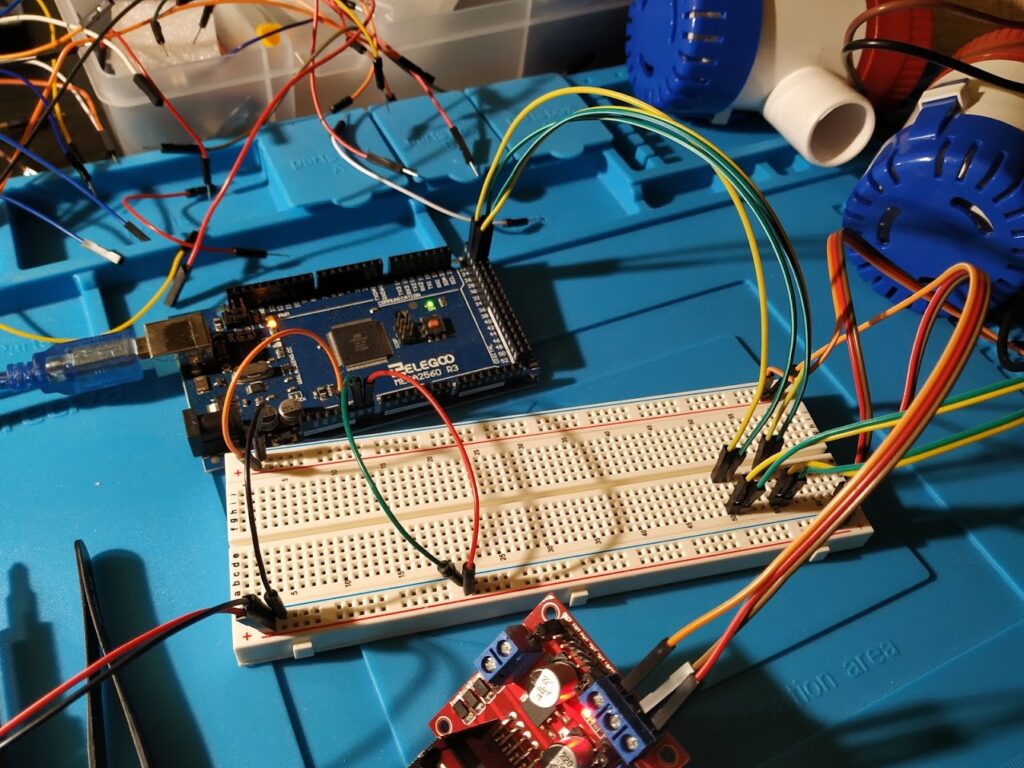
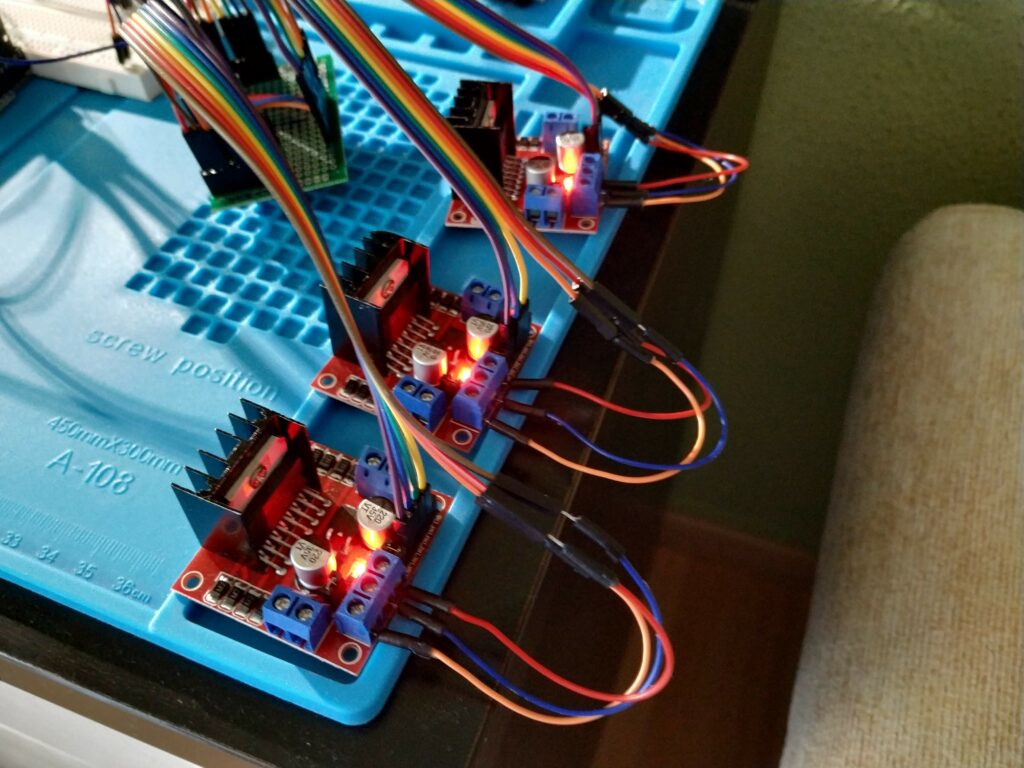
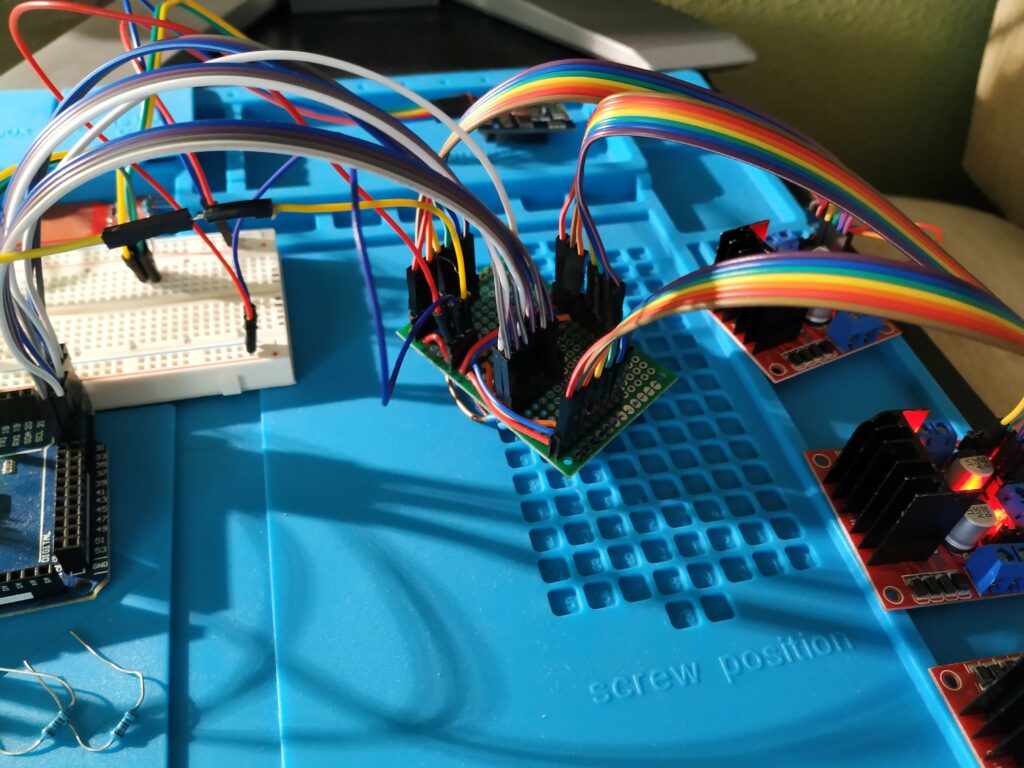
Alioli ROV also has several I2C sensors:
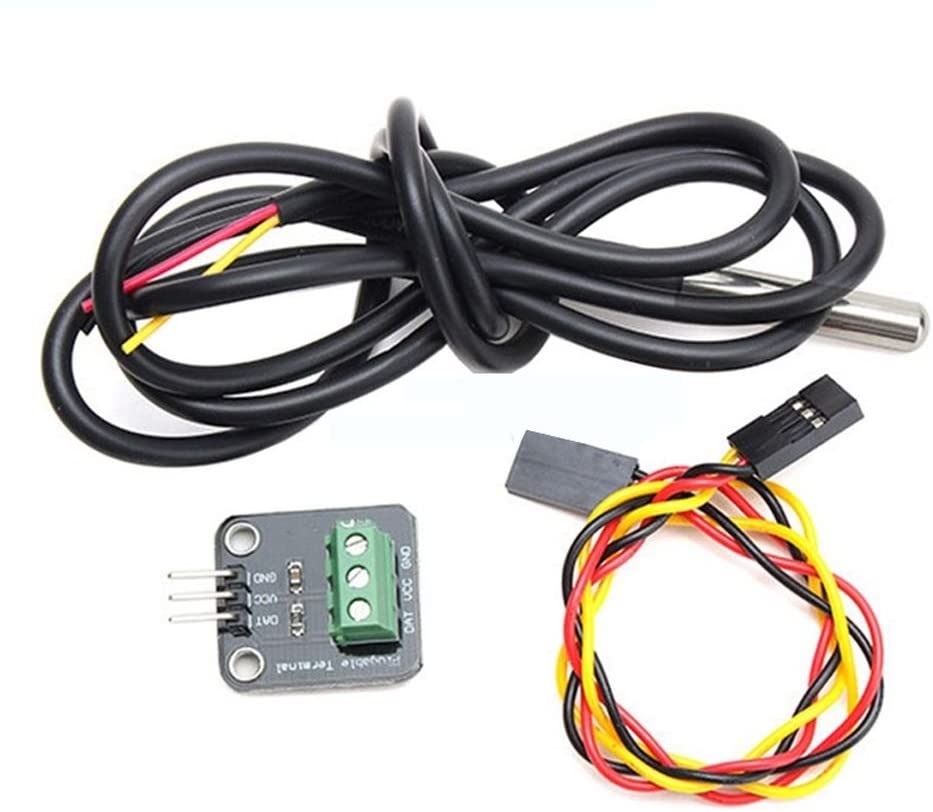
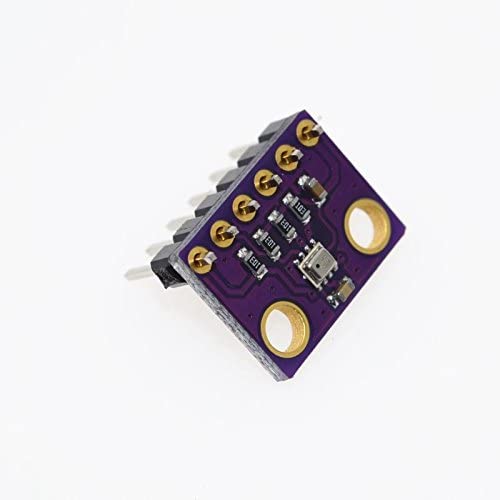
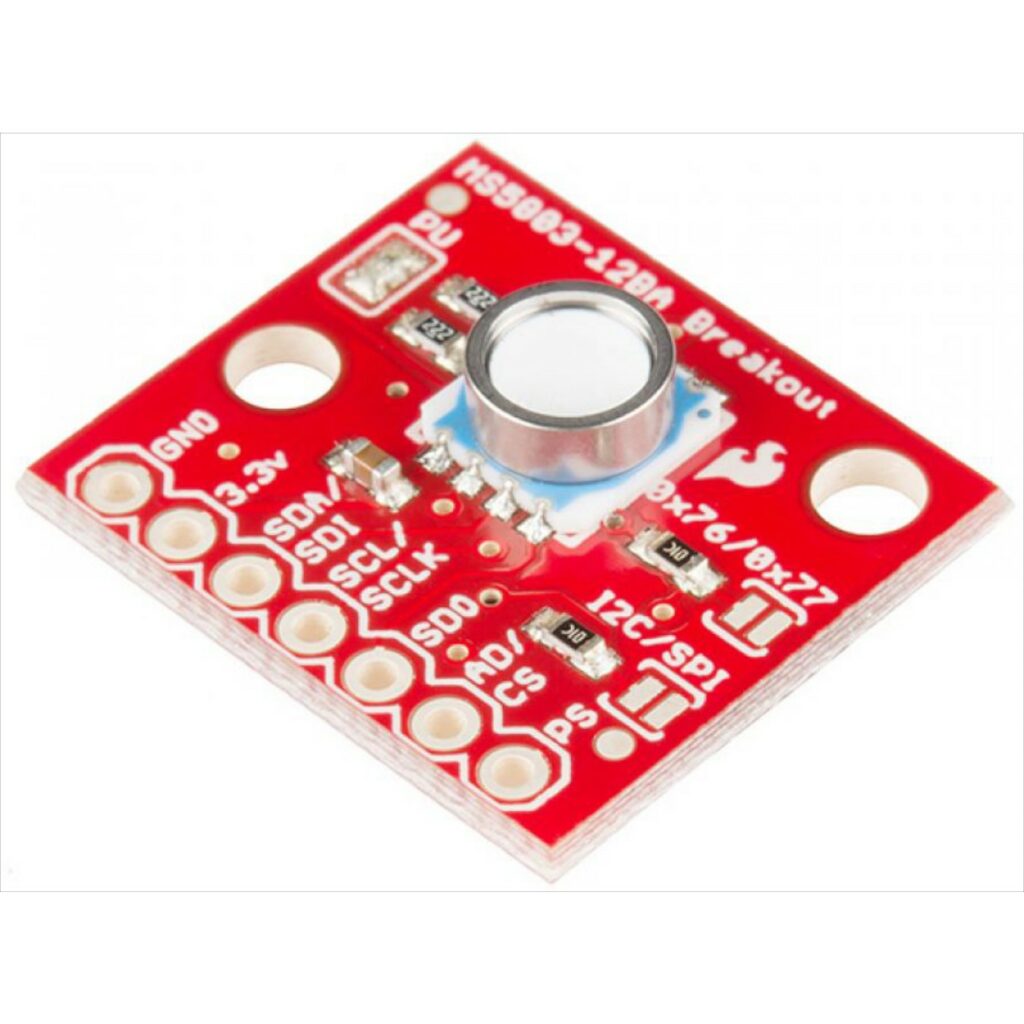
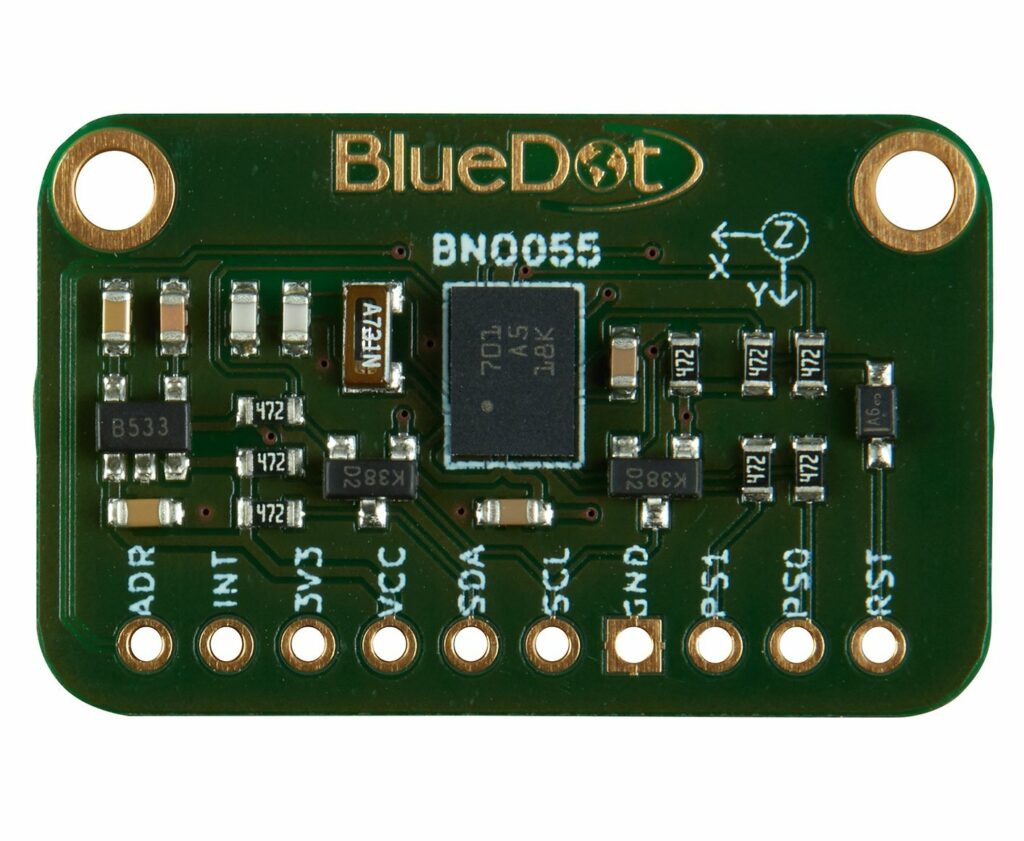
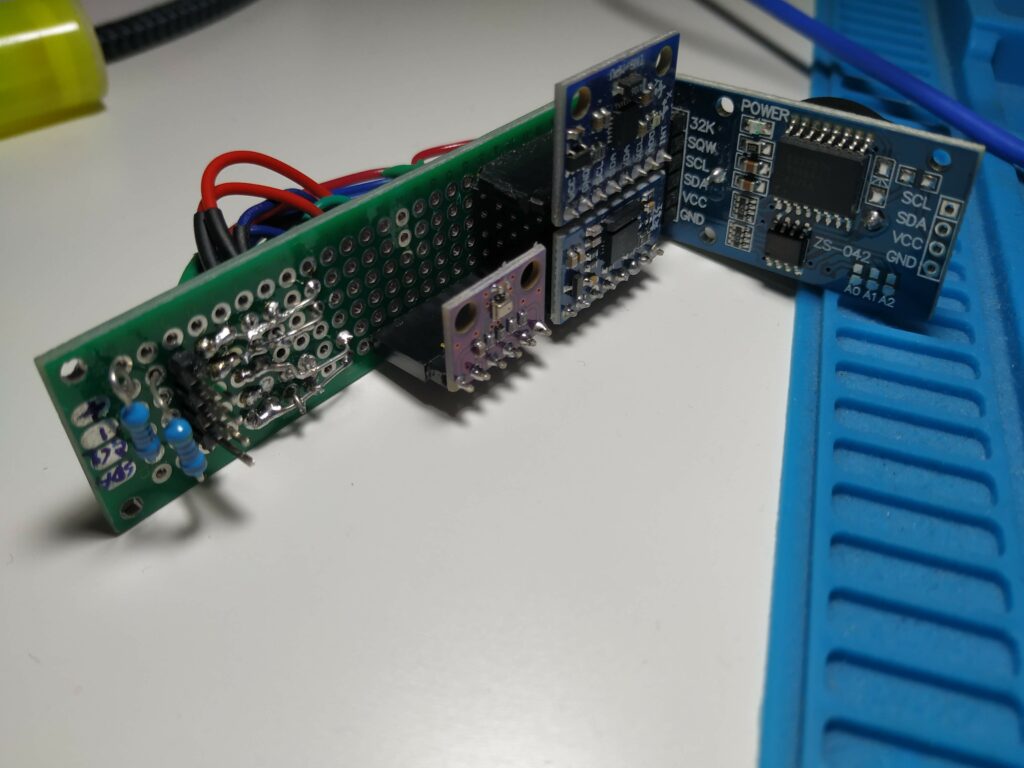
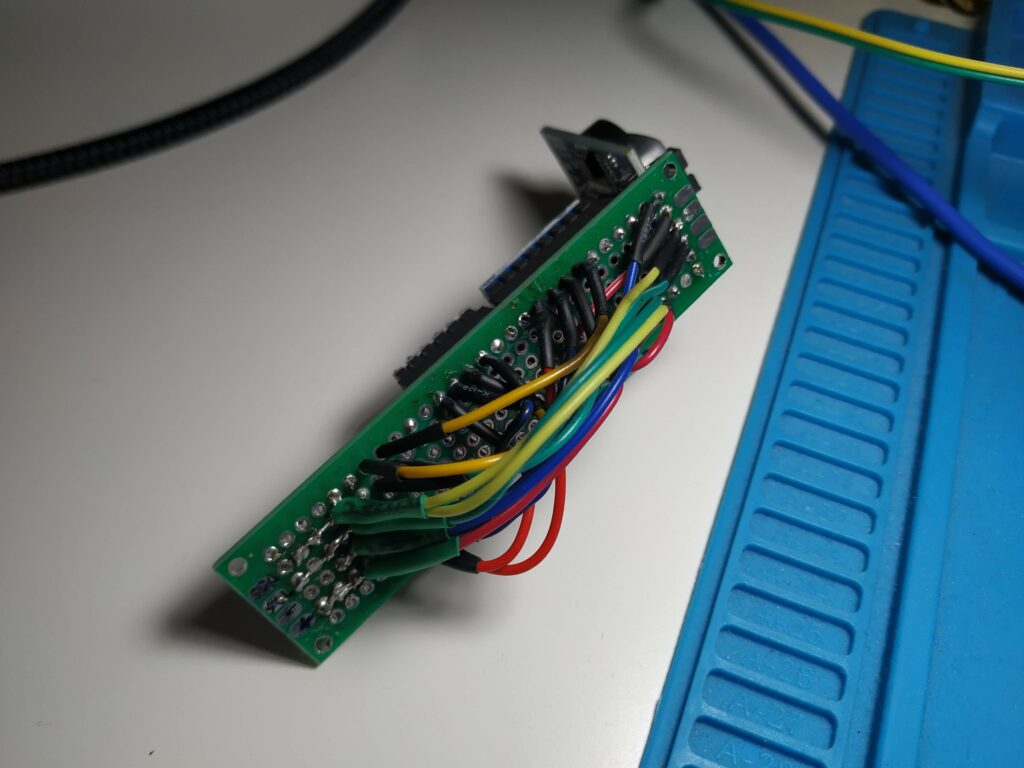
In my last designs, I decided to add a buoyancy control system, so this will be done with two relays that will control the flow of air in-out a buoyancy chamber. Pressurized air will come from a CO2 bottle (the one used to fill the wheels of bikes), and the bottle will be connected to an electro valve that will let the air go out from the pressurized circuit to the buoyancy chamber. The buoyancy chamber will open to the water so it can flow in and out without control. To control the system, it will use a second electro valve to let the air go out pushed by water pressure. All the pipes in contact with water will have a non-returning valve.
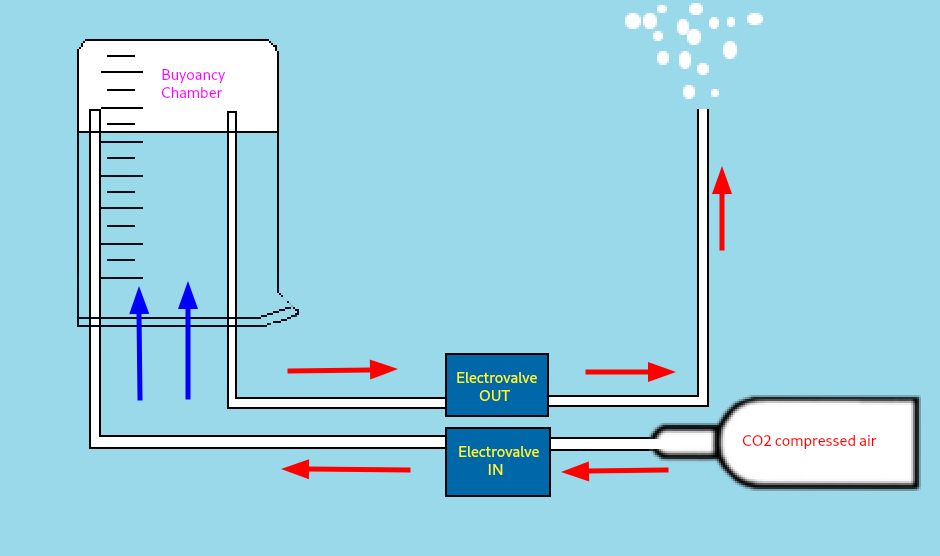
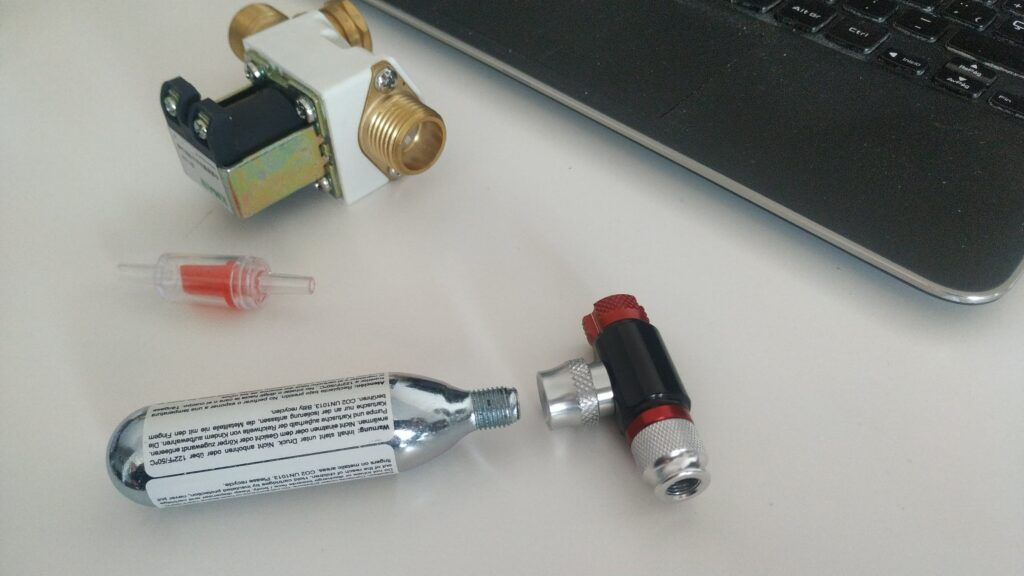
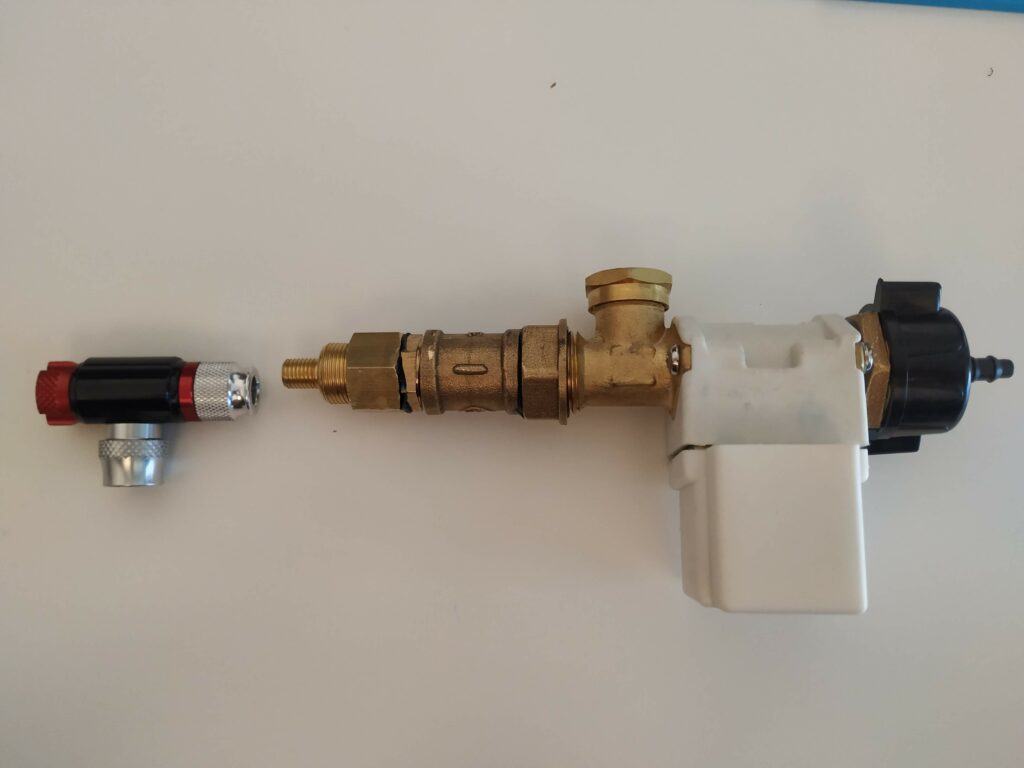
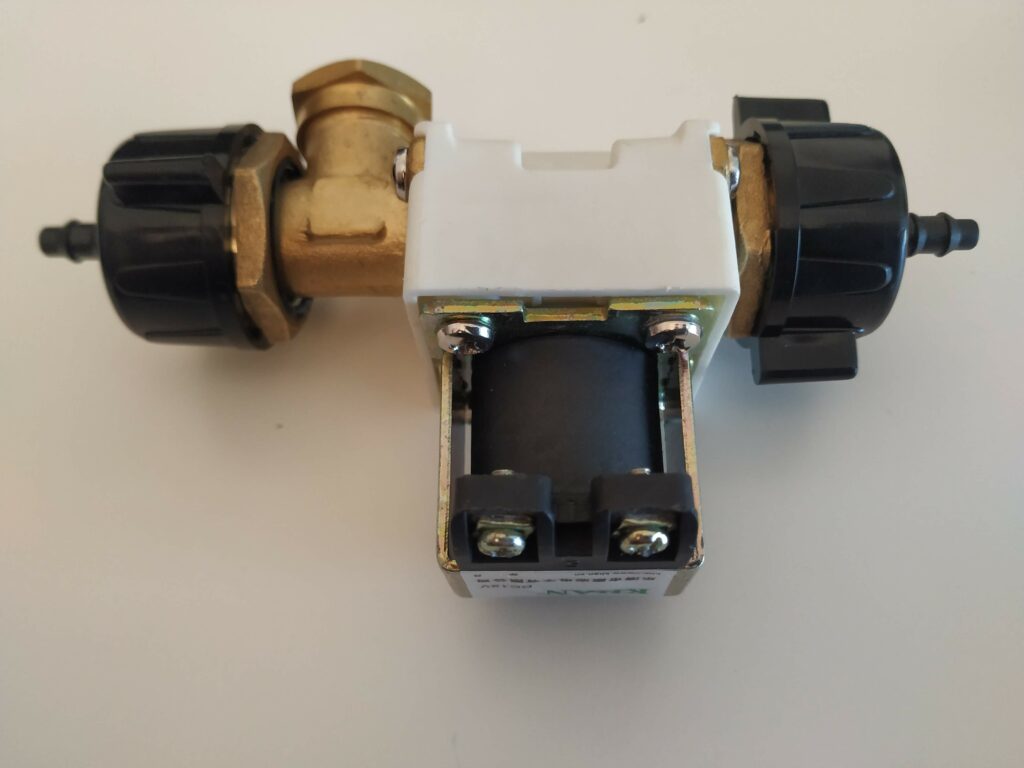
How could I say this is an ROV if it wouldn’t have lights? So I got some isolated led lights for boats and connected them to the relay system.
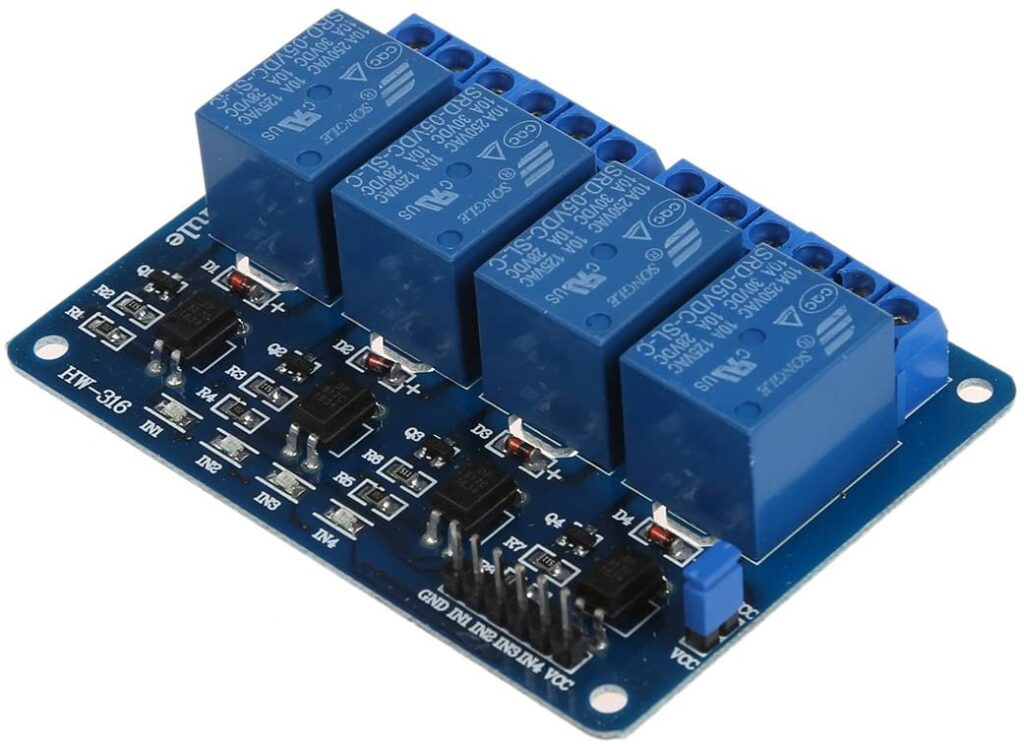

The communication with the surface will happen with an RS485 bus. I located a network cable cat8 (which has shields in pairs so I can use four buses).
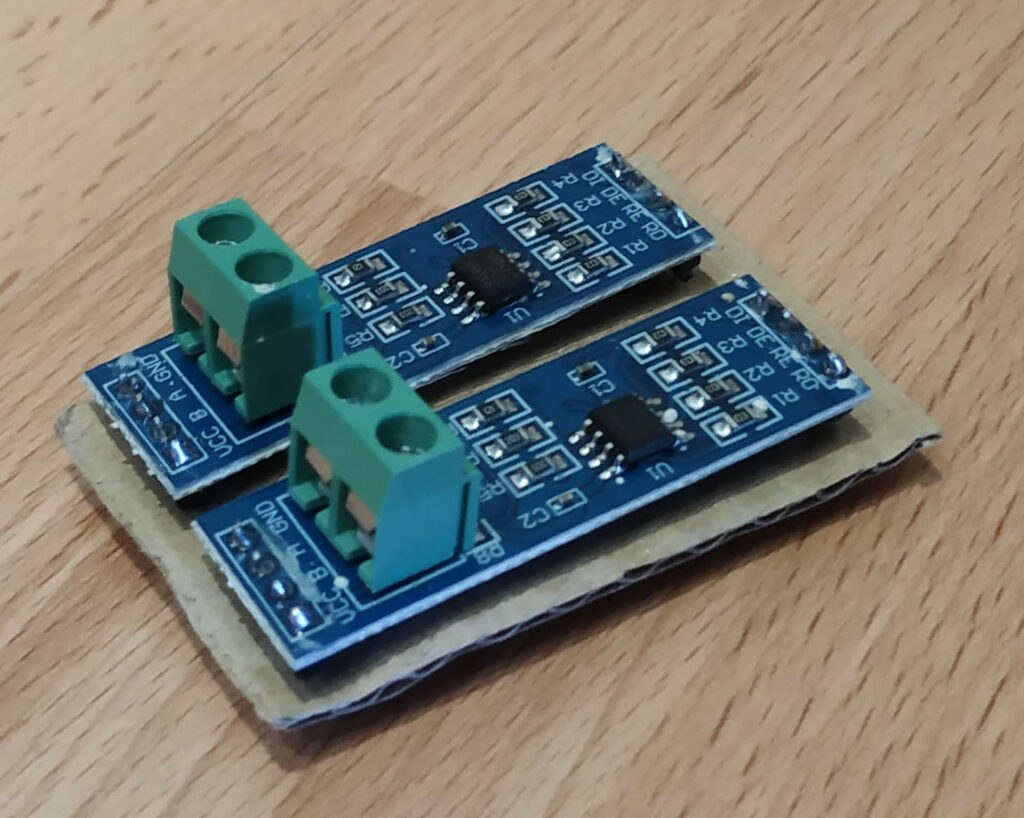
The communication with the pilot will happen using a Wireless connection (2.4GHz). On the surface, it will be an ESP32 Module with Wifi support to transfer commands and some basic telemetry information. I also considered using MicroPython to get water quality for analytical information (waves, temperature, oscillations, pressure, wind, salinity, O2, Ozone, visibility, and others). It will also be possible to communicate using GPRS, but since Wifi seems to be enough, I will use only the GPS to position the earth’s surface equipment. The board I am using is a SIM808 which supports GSM, GRPS, GPS, and Bluetooth.
The ROV also has a video link that will be sent using Skydroid hardware.

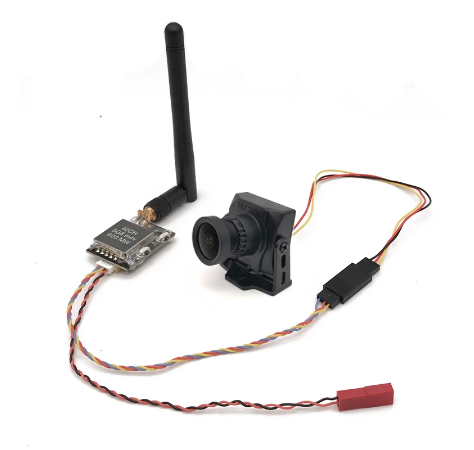
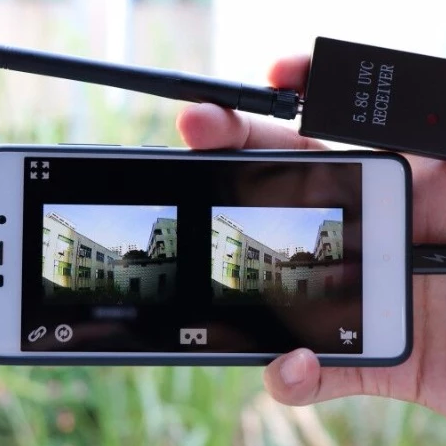
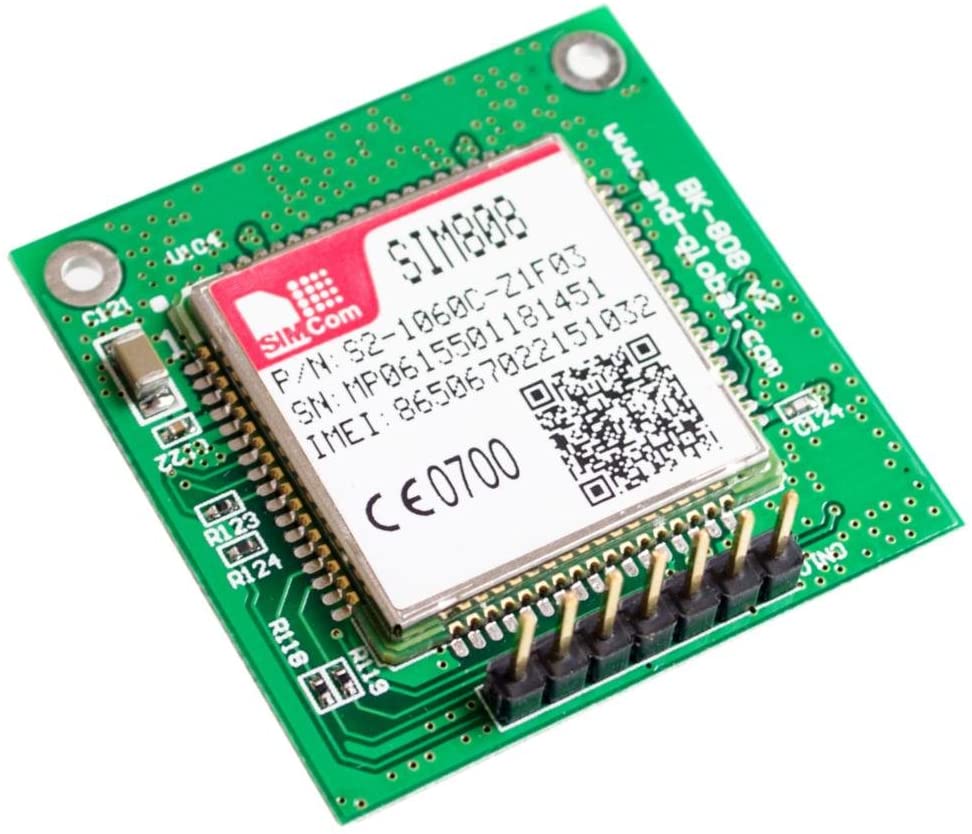
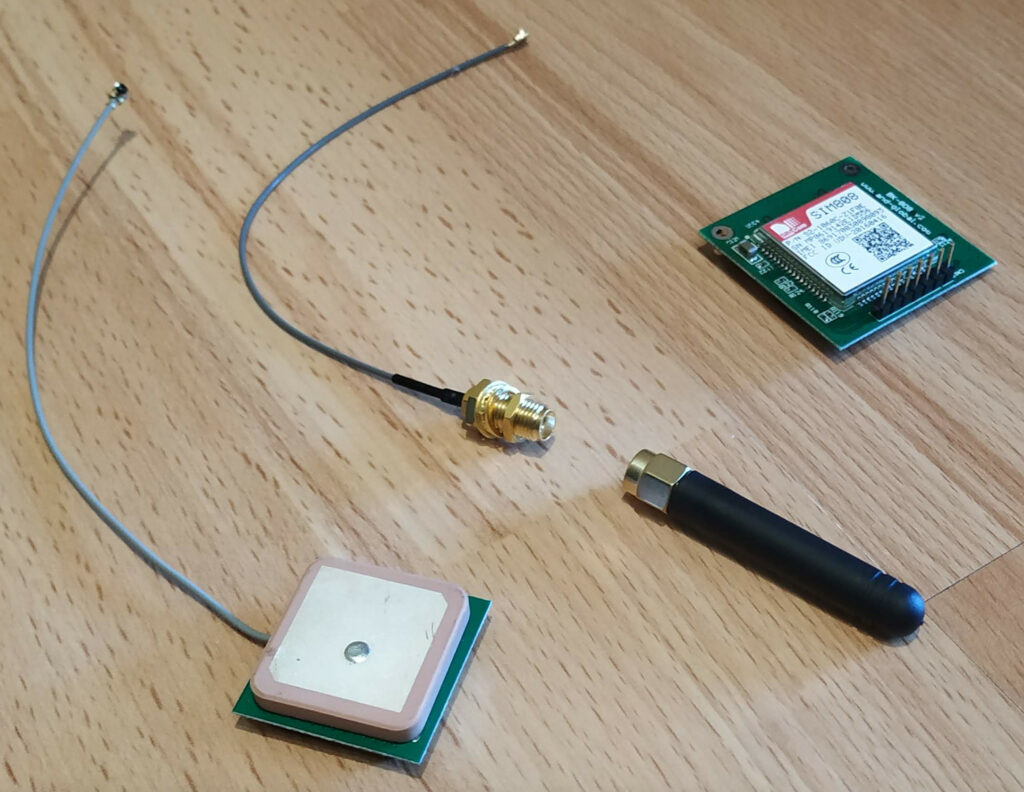
I also got a drone camera and Skydroid, they work perfectly for this purpose, and the image is in real-time, preventing Arduino from working with images. To add telemetry, I also got a Micro Minim OSD board so that the ROV will send the camera image (already with telemetry) through a ca. Thennd then, and from there, the video will be forwarded at 5.8 GHz to the pilot.
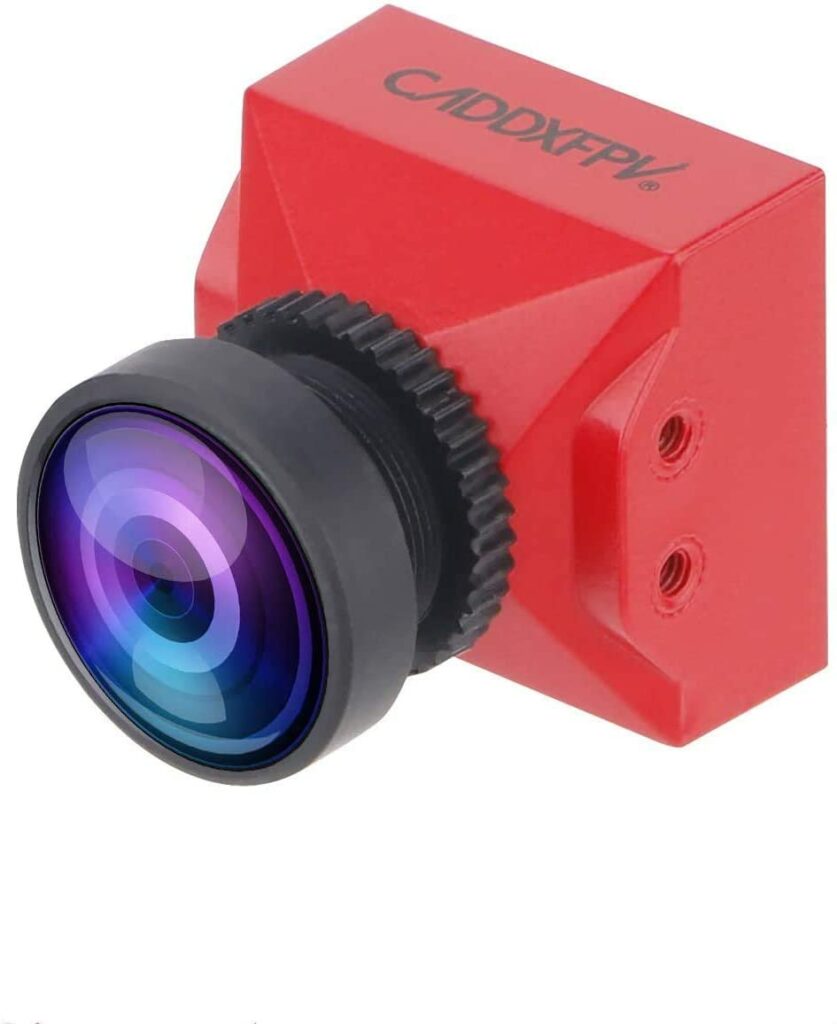
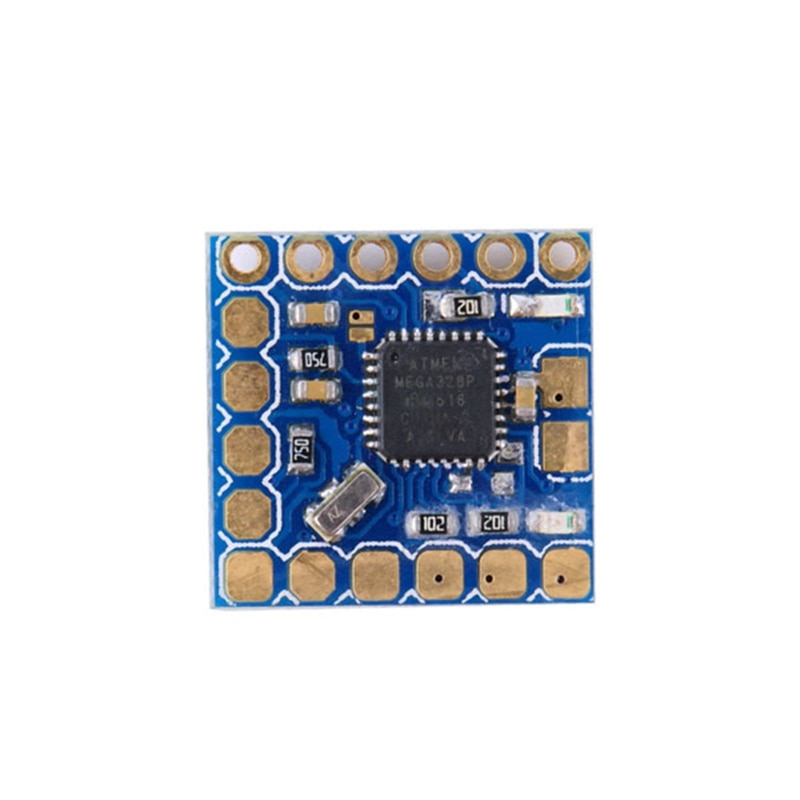
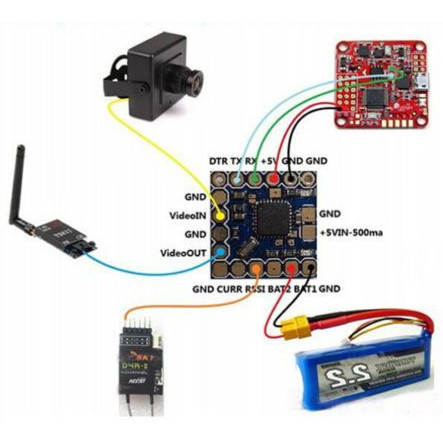
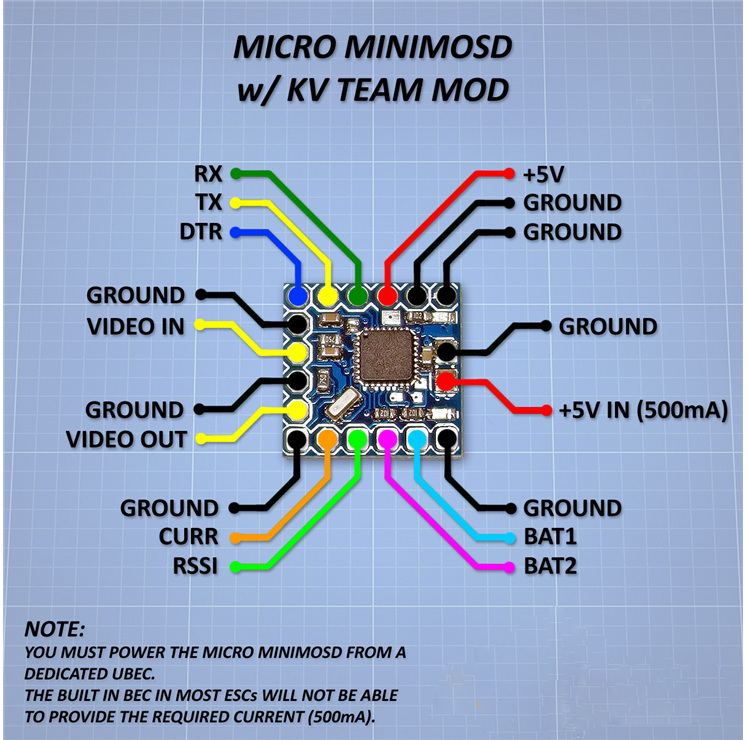
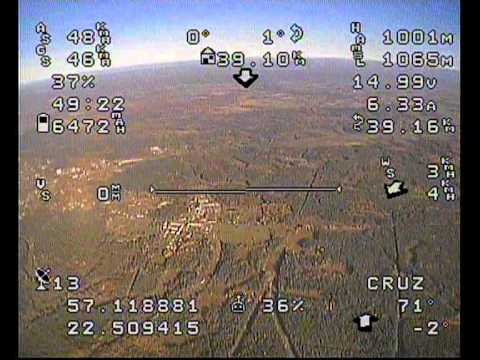
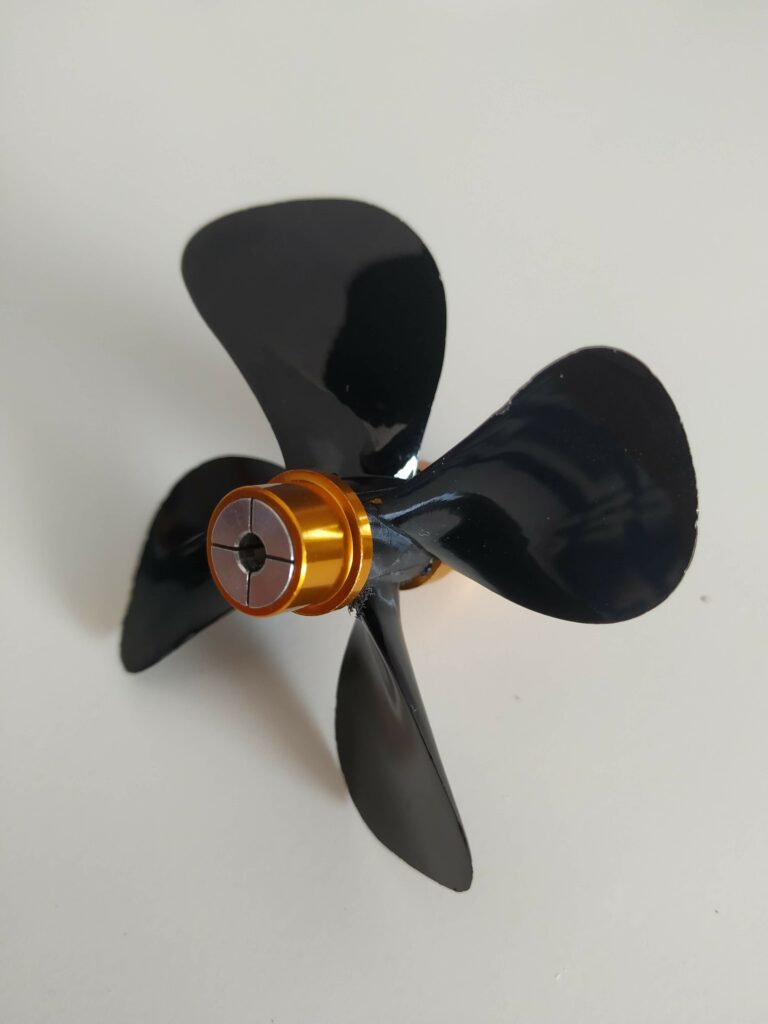
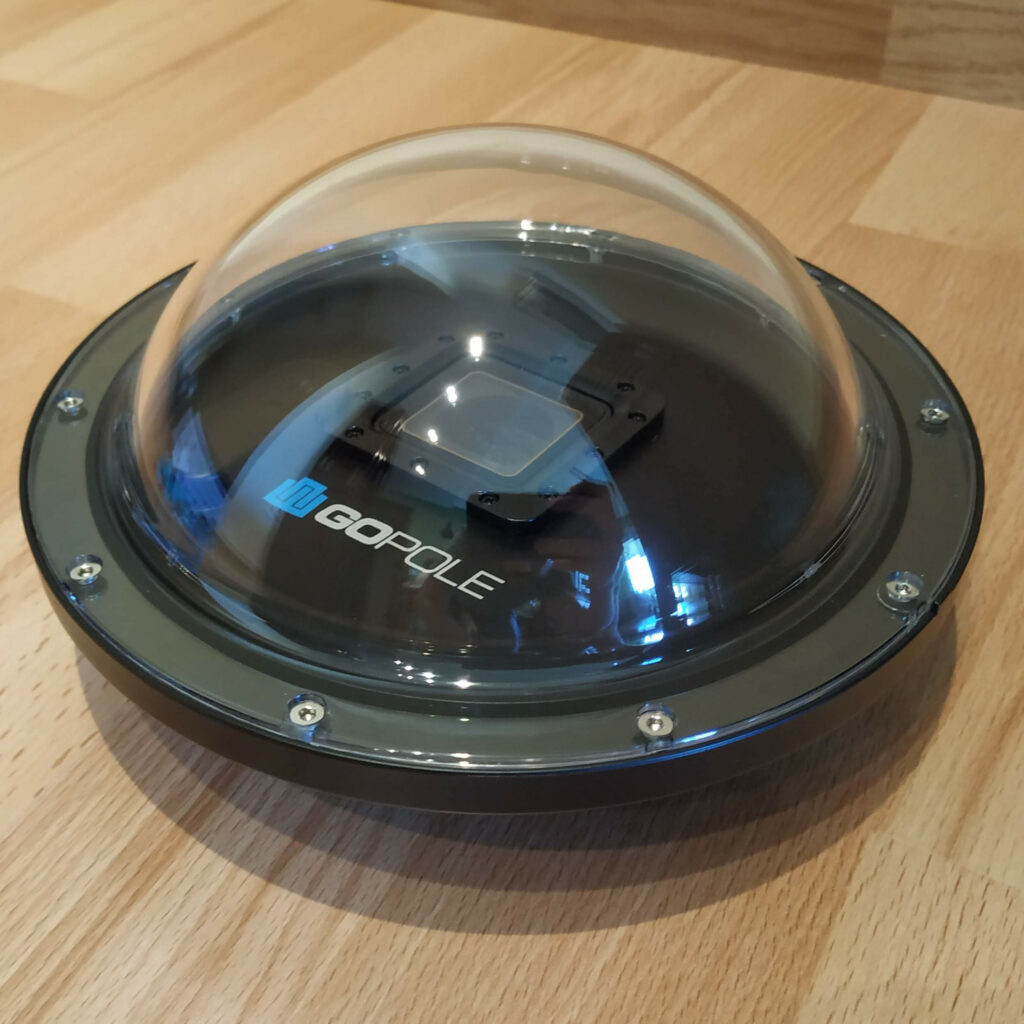
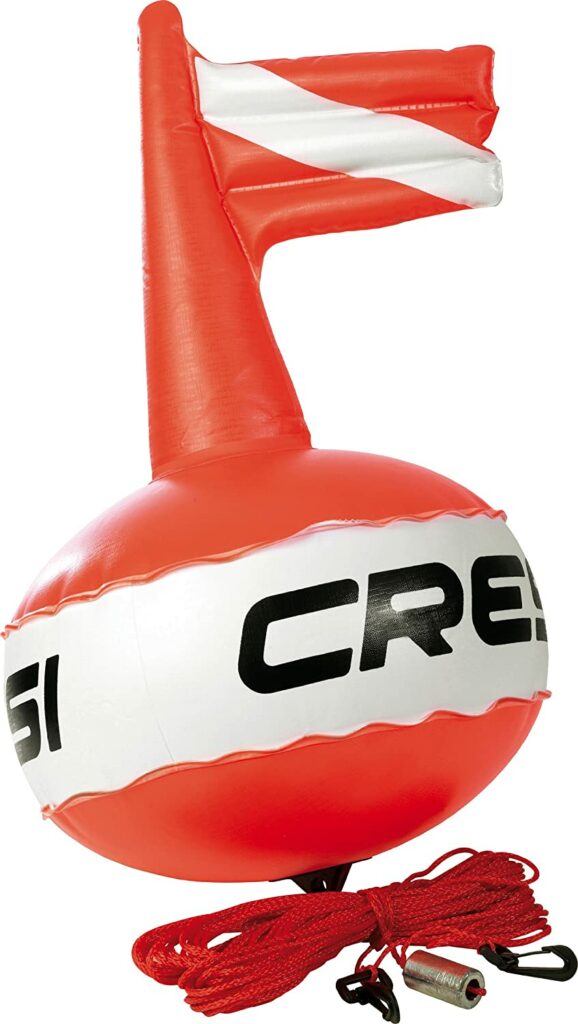
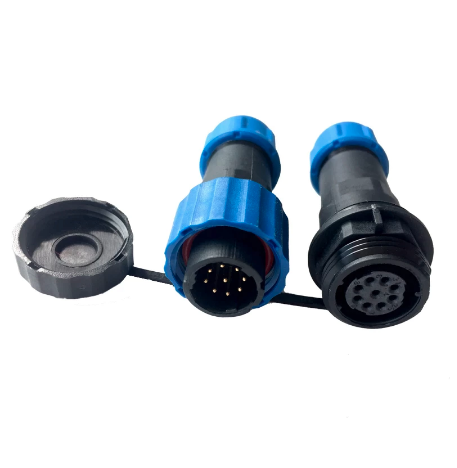
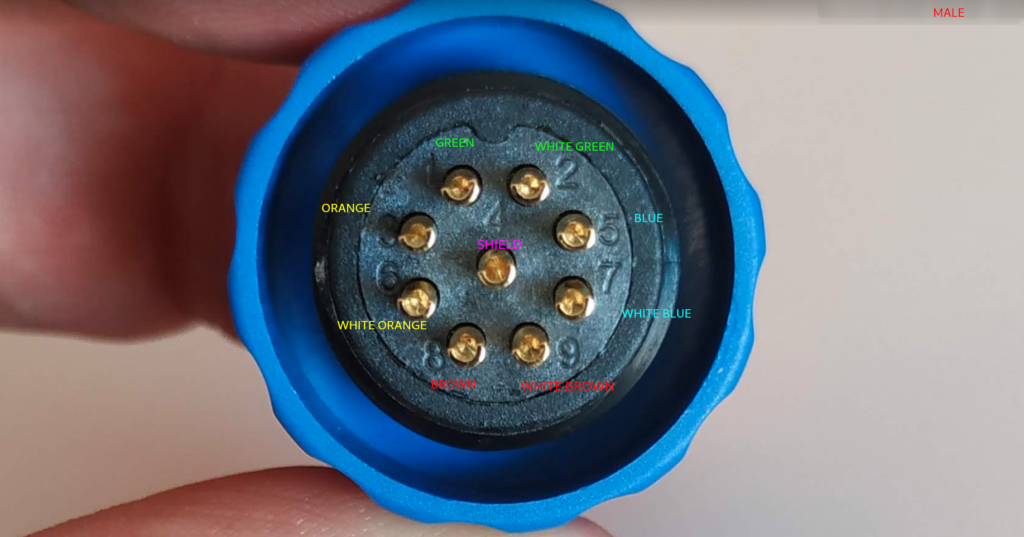
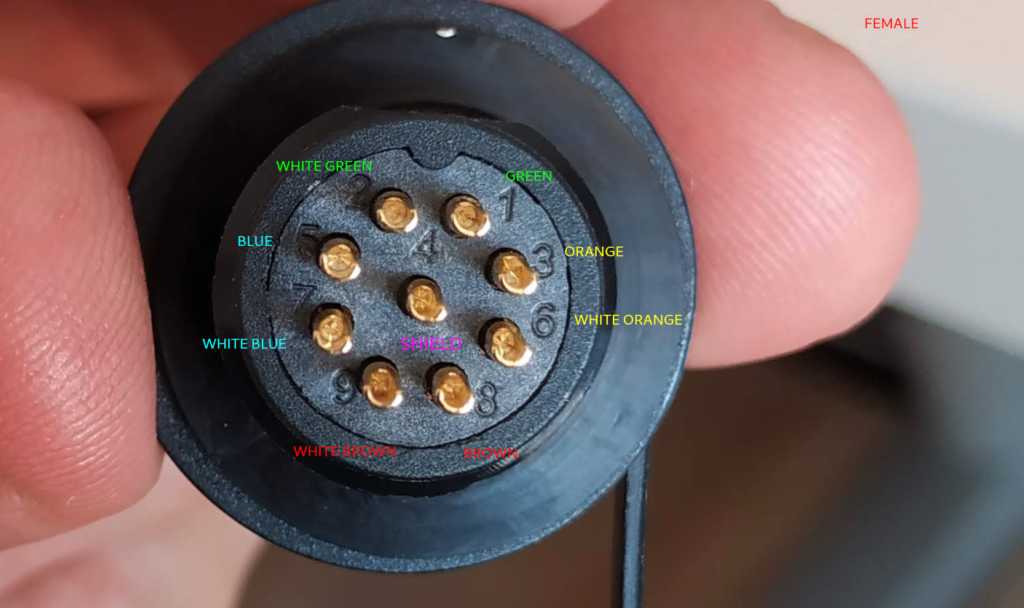
Those details are the hardware and ideas that keep moving this project forward. In the next post, I will publish all the details about how the hardware interconnects with each other and the boards I have built, the “Alioli ROV Boards“.

🇬🇧 Read it in English, “What is it CODENERIX?“ Es el nombre que recibe el software libre generado por Centrologic para desarrollo de herramientas de gestión...

Debugging and profiling are essential components of software development. They allow you to identify and correct errors and optimise code performance. In this guide, we will...